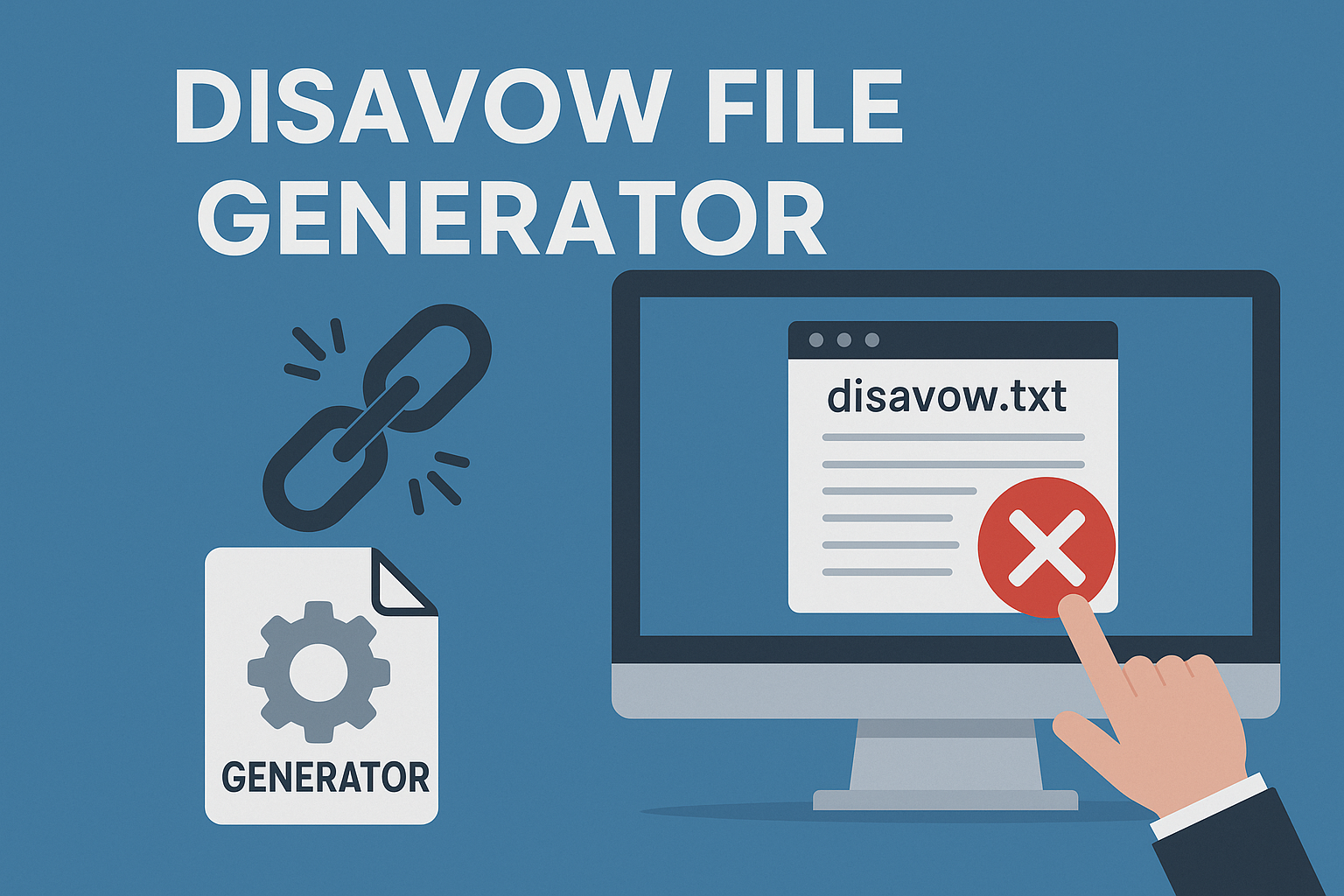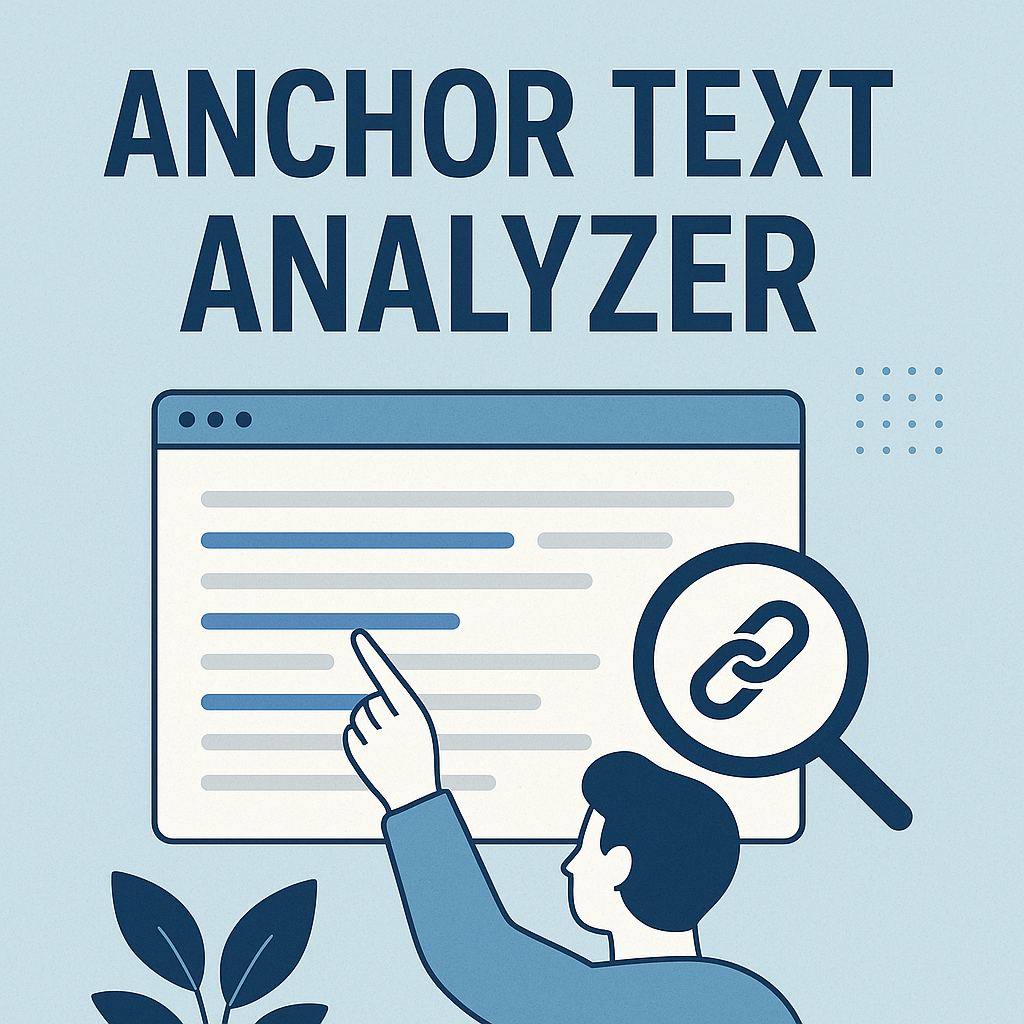In the competitive world of software-as-a-service, ranking higher in search results isn’t optional—it’s survival. While quality content matters, strategic backlinks remain the ultimate currency for gaining search engine trust. Yet many software businesses abandoned these efforts after mixed results, unaware their approach lacked industry-specific precision.
The problem? Generic tactics rarely work for technical products. Acquiring authoritative links demands meaningful relationships with influencers and publishers who understand your niche. Without this tailored strategy, even brilliant content gathers dust in search obscurity.
This guide cuts through the noise. We’ll reveal how top-performing software companies use audience-focused linking strategies to boost domain authority and convert passive readers into paying customers. You’ll learn why certain methods outperform others in this unique sector and how to avoid common pitfalls that sabotage growth.
Key Takeaways
- Backlinks validate your software’s expertise to search engines
- Successful strategies prioritize relevance over quantity
- Industry-specific outreach outperforms generic campaigns
- Links drive recurring revenue through targeted traffic
- Competitor analysis reveals untapped opportunities
- Integration with broader marketing efforts maximizes impact
Understanding the SaaS Backlink Landscape
Digital credibility fuels software growth. Unlike traditional industries, SaaS companies thrive when their expertise is recognized by peers. Backlinks here act like trusted referrals – each connection boosts your technical authority while signaling value to search algorithms.
The Role of Backlinks in SaaS Growth
Quality connections matter more than volume. A single endorsement from a respected software platform often outperforms dozens of generic links. These partnerships validate your solution’s relevance, creating trust that converts browsers into buyers.
Consider this: When a project management tool earns a mention from a cybersecurity blog, it gains targeted visitors already interested in digital solutions. This alignment drives higher conversion rates than broad-spectrum traffic.
Industry Trends and Key Metrics
Recent data shows SaaS leaders prioritize three metrics:
- Domain rating increases (15%+ quarterly)
- Organic traffic from technical blogs
- Customer acquisition cost reductions
One email automation platform doubled its trial sign-ups within six months by securing placements on marketing technology hubs. Their strategy? Focusing on platforms their ideal clients already trusted.
“SaaS backlinks compound like interest – their value grows as both companies scale.”
Current algorithm updates reward this precision. Search engines now prioritize contextually relevant connections between specialized software providers. This shift makes strategic partnerships essential for visibility.
Common Link Building Challenges in SaaS
Software companies often stumble when establishing digital authority. Choosing connections based on popularity rather than relevance creates invisible growth barriers. Let’s uncover why some efforts backfire.
Building the Wrong Links
Many teams fixate on domain scores while ignoring page-level metrics. A cybersecurity tool gaining endorsements from food blogs won’t sway enterprise clients. These mismatched connections dilute your expertise.
Vendors promising bulk links frequently deliver low-value placements. One CRM platform saw traffic drop 22% after acquiring directory links from unrelated travel sites. Context matters more than raw numbers.
“Chasing high-authority domains without niche alignment is like advertising snowboards in the Sahara.”
Targeting Irrelevant Pages
Directing links solely to your homepage wastes their power. Product comparison guides or case studies often convert better. A project management SaaS increased demo requests 40% by shifting focus to feature-specific content.
Directory-style mentions lack the contextual weight of naturally embedded recommendations. Prioritize placements within detailed tutorials or industry reports where your solution solves real problems.
Proven Link Building For SaaS Strategies
Competitor analysis unlocks hidden pathways to digital influence. By studying where others succeed, you gain actionable insights to accelerate your own growth. Let’s explore how smart software companies turn rivalry into opportunity.
Mining Competitor Connections
Tools like Ahrefs’ Link Intersect reveal websites linking to multiple rivals but not your brand. These gaps become prime targets for outreach. One CRM provider secured 37 new placements by targeting sites that referenced three competitors.
“Competitor backlink profiles are goldmines – they’ve already done the prospecting work for you.”
Prioritize opportunities using this framework:
| Factor | Why It Matters | Example |
|---|---|---|
| Domain Authority | Higher-rated sites boost credibility faster | Tech blog with DR75 |
| Content Relevance | Contextual alignment increases conversions | Cloud storage guide |
| Placement Type | Resource pages convert better than comments | Industry toolkit roundup |
When replacing competitor links, showcase superior features through side-by-side comparisons. A project management tool gained 12 high-value placements by demonstrating faster integration times than market leaders.
Focus outreach on publishers who’ve shown willingness to link to similar solutions. Personalized pitches referencing their previous coverage increase response rates by 63% according to recent outreach studies.
Mastering Guest Posting and Outreach
Strategic guest contributions open doors to premium audiences. For software brands, this approach builds authority while driving targeted visitors who actually need your solution.
Crafting Personalized Pitches
Generic outreach gets deleted. Editors receive hundreds of templated requests weekly. Stand out by referencing their recent articles:
- “Loved your piece on cloud security trends – our data aligns with your findings”
- “Your readers might benefit from our case study about API integration challenges”
“Personalization isn’t flattery – it’s showing you’ve done the homework.”
Successful campaigns follow three rules:
| Do | Don’t |
|---|---|
| Mention 2+ host blog posts | Use “Dear webmaster” |
| Propose 3 specific angles | Attach full articles unsolicited |
| Keep emails under 150 words | Follow up daily |
Track results meticulously. One HR software team boosted acceptance rates 68% by A/B testing subject lines. Their winner? “Idea for your Q3 leadership series”.
Quality beats quantity every time. Five well-targeted placements outperform fifty generic links. Build relationships, not transaction logs.
Leveraging Content and Linkable Assets
Great content acts like a magnet – it pulls attention and creates lasting value. For software companies, this means crafting resources so valuable that others can’t help but share them. Let’s explore how to build assets that earn recognition organically.
Creating Irresistible Linkable Content
Original research outperforms generic advice. When a CRM platform published data on remote team productivity, 89 industry blogs referenced their study. This happens because unique insights solve problems others ignore.
Focus on these formats:
- Interactive calculators showing ROI potential
- Annual industry trend reports with fresh data
- Case studies revealing measurable results
“Content becomes linkable when it answers questions no one else addresses.”
Effective Use of Listicles
Comparison posts drive targeted traffic. A cybersecurity tool gained 31% more trial sign-ups after appearing in “Top 10 Encryption Solutions” lists. Structure these strategically:
| List Type | Benefit |
|---|---|
| Feature comparisons | Highlights technical advantages |
| User experience rankings | Appeals to decision-makers |
| Budget-friendly options | Attracts cost-conscious buyers |
Include visual elements like comparison charts. Websites often embed these directly, creating passive backlinks as your tool gets featured across new articles.
Broken Link Building and Brand Mentions
Turning digital dead-ends into growth opportunities starts with fixing what others overlook. When industry websites link to outdated resources, your fresh content becomes their solution – and your ticket to strategic connections.
Identifying and Replacing Broken Links
Tools like Ahrefs uncover 404 errors on relevant sites. Target pages discussing topics your content addresses better. For example, a cloud storage guide linking to a deleted case study could feature your updated research instead.
| Tool | Best For | Success Rate |
|---|---|---|
| Ahrefs | Finding broken backlinks | 42% replacement rate |
| SEMrush | Competitor gap analysis | 37% outreach success |
| Google Search Console | Internal link audits | 28% recovery rate |
When contacting webmasters, focus on mutual benefit. “Noticed your guide references unavailable data – our 2024 study offers current insights” works better than generic requests.
Converting Unlinked Mentions into Backlinks
Set up Google Alerts for your brand name and key industry terms. When sites mention you without linking, send a friendly note:
“Thanks for discussing our analytics platform! Readers might find our free API documentation helpful – could we suggest adding a link to that resource?”
| Monitoring Method | Advantage |
|---|---|
| Mention.com | Real-time alerts |
| BuzzSumo | Social media tracking |
| Ahrefs Content Explorer | Historical data analysis |
Prioritize websites with active audiences. A cybersecurity firm increased referral traffic 55% by converting unlinked mentions in IT forums.
Utilizing SaaS Directories and Review Sites
Establishing trust in the software industry requires more than just a great product—it demands visibility where decisions get made. Specialized directories and review platforms serve as digital handshakes, connecting your solution with qualified buyers actively comparing options.
Capitalizing on High-Traffic Platforms
Top websites like Capterra and G2 Crowd attract millions of monthly visitors seeking software comparisons. Securing placements here delivers dual benefits: valuable backlinks and direct exposure to decision-ready users.
Focus on platforms matching your ideal client’s research habits. IT Central Station dominates enterprise tech evaluations, while GetApp appeals to SMBs. Each website caters to distinct audiences, making strategic selection crucial.
Well-optimized profiles convert casual browsers into leads. Include detailed feature lists, customer testimonials, and integration capabilities. Companies like Freshworks attribute 18% of their trial sign-ups to directory-driven traffic.
Remember—these platforms aren’t just link sources. They’re reputation builders. Consistent positive reviews position your brand as a leader, creating social proof that outshines competitors.

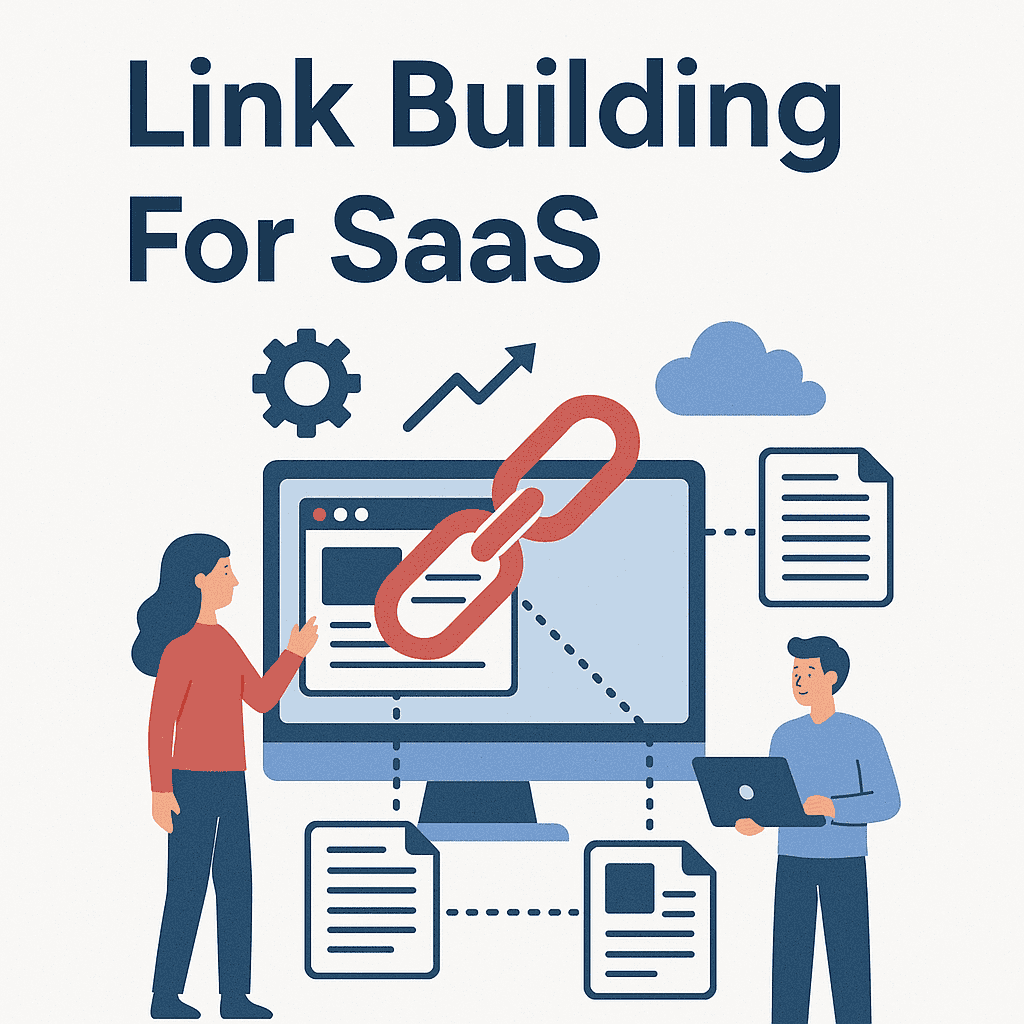
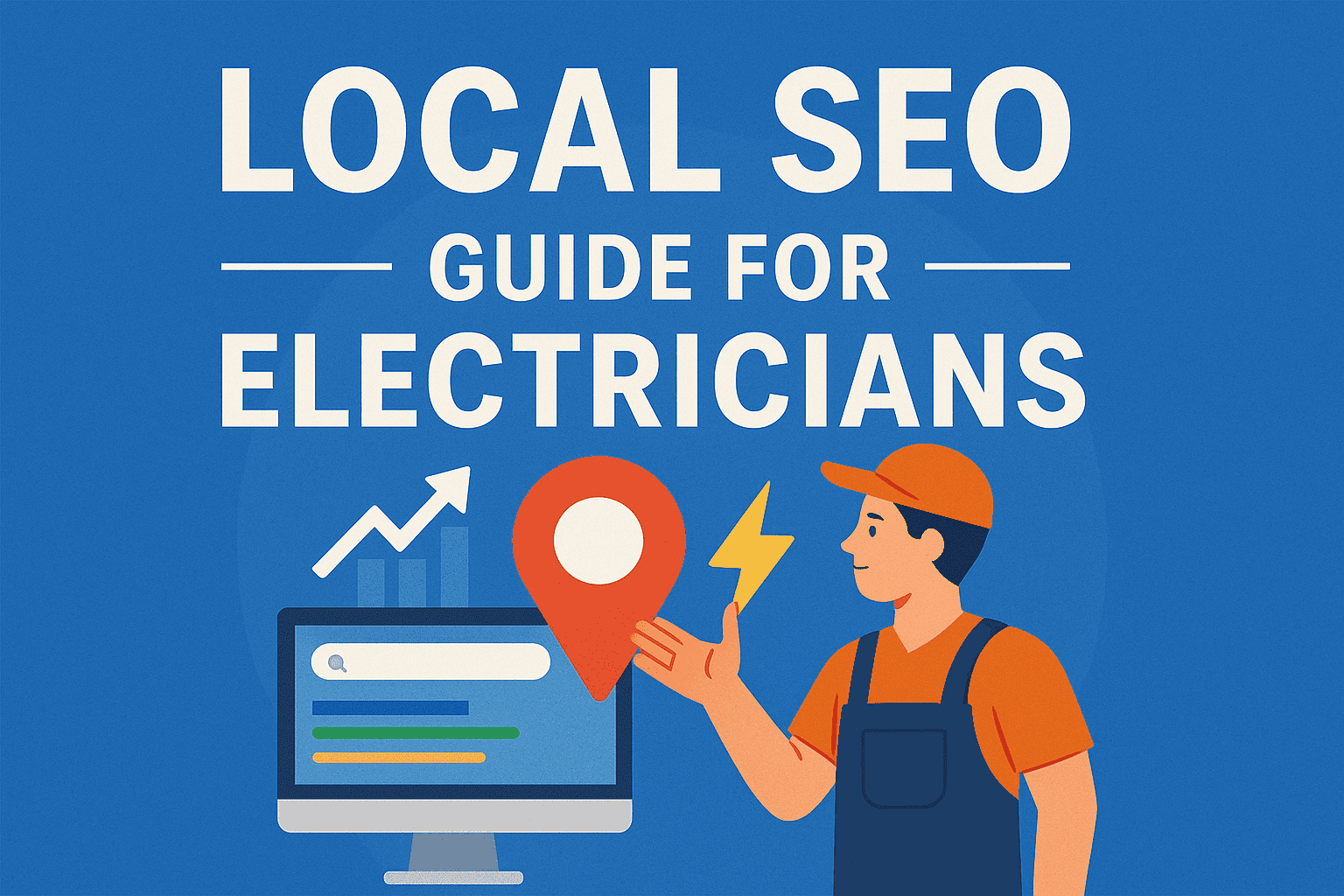
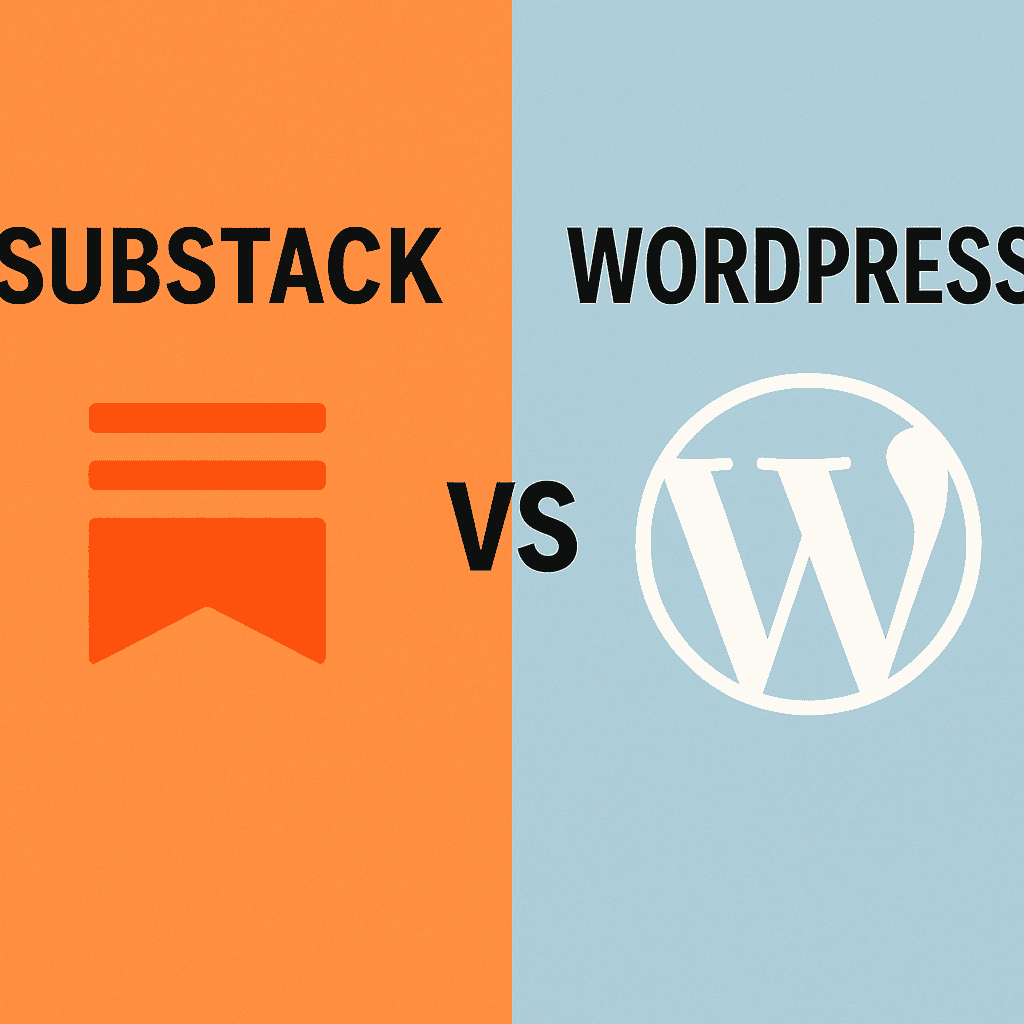

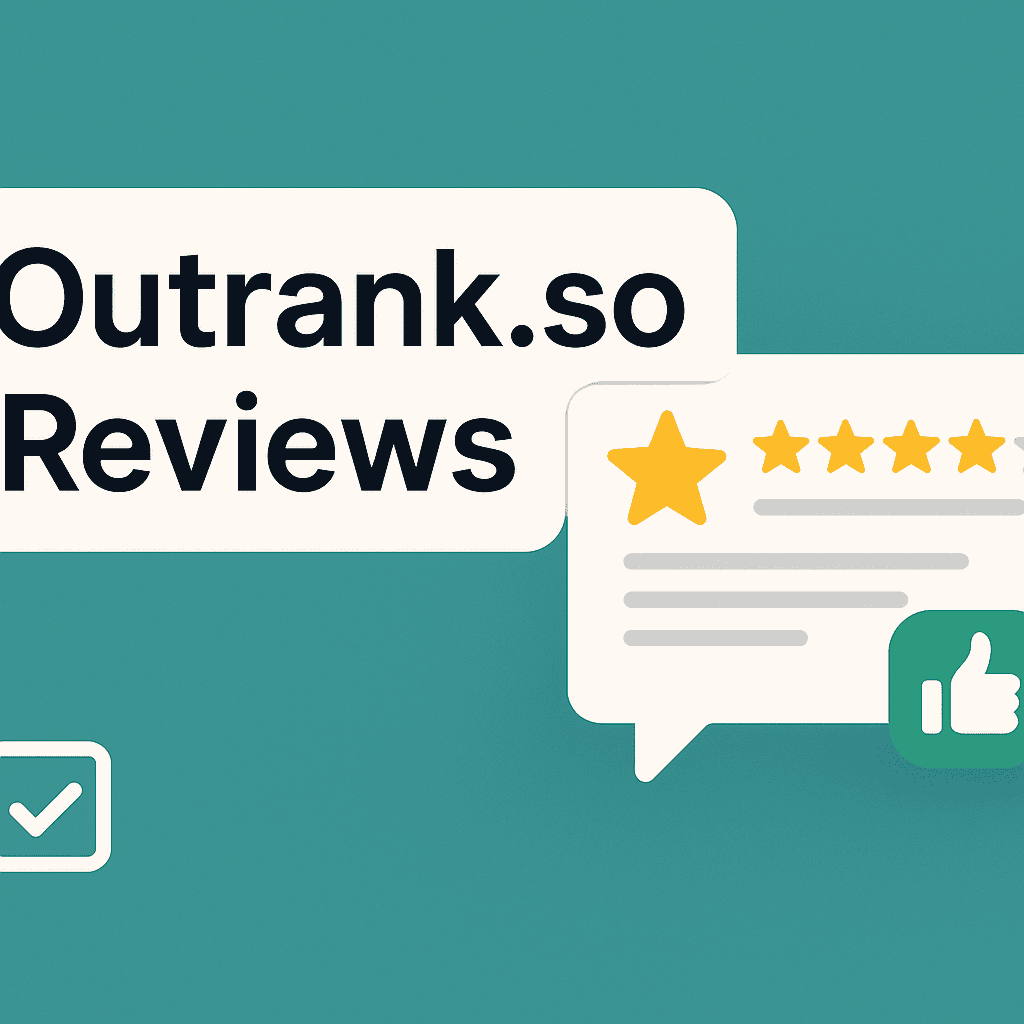
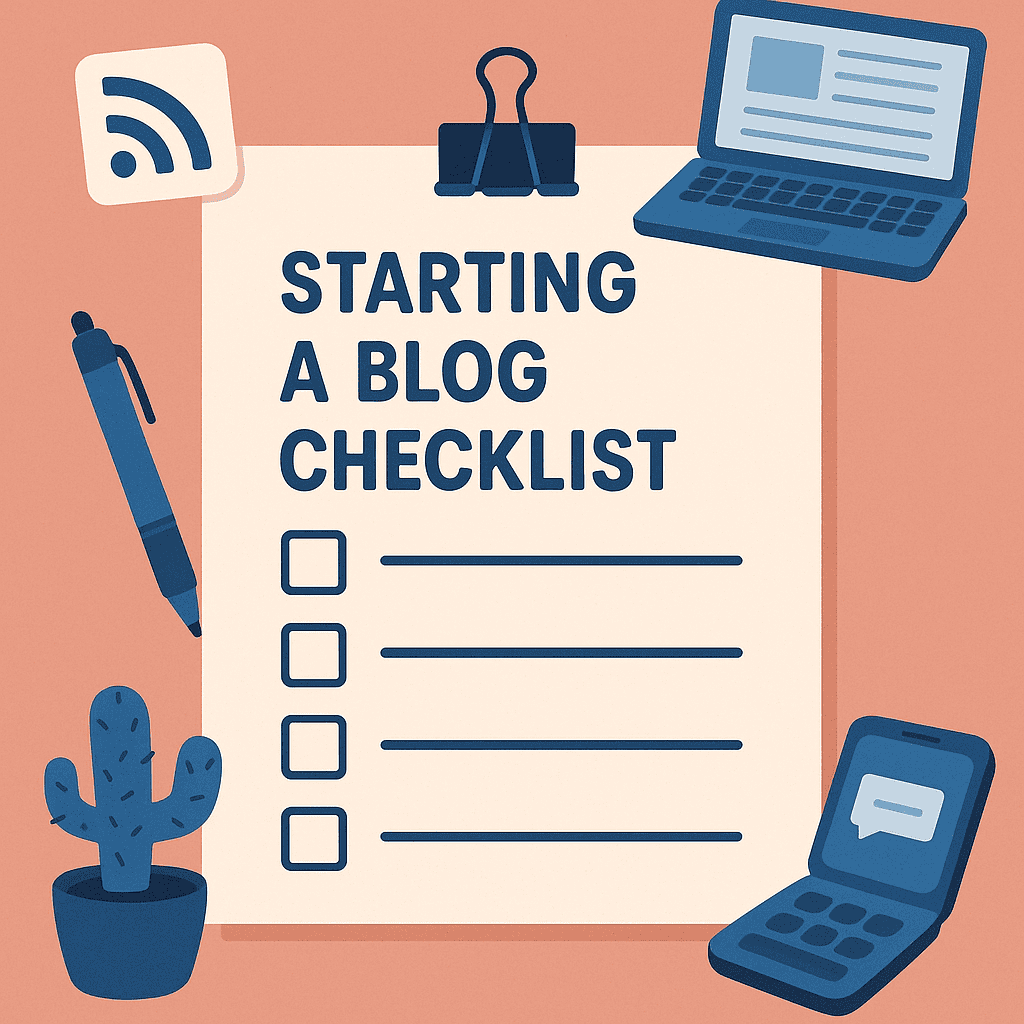

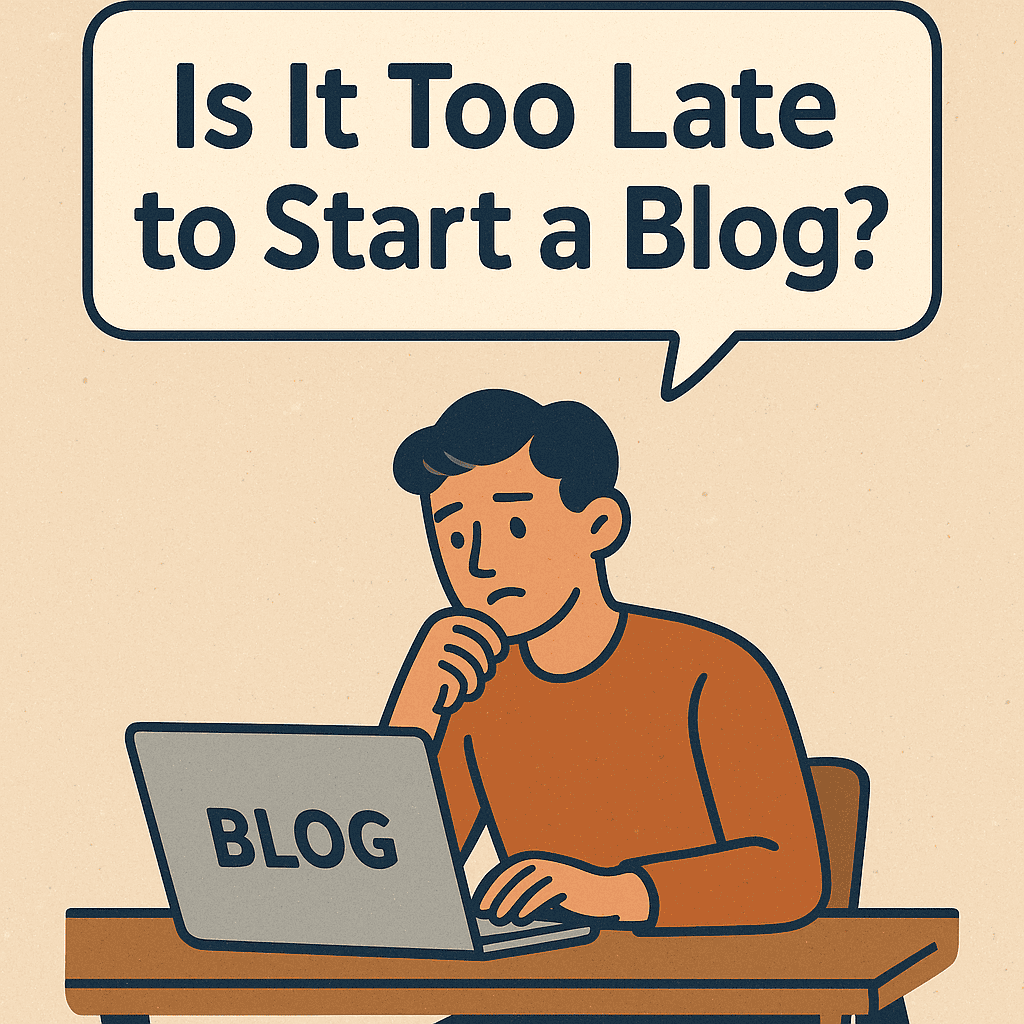
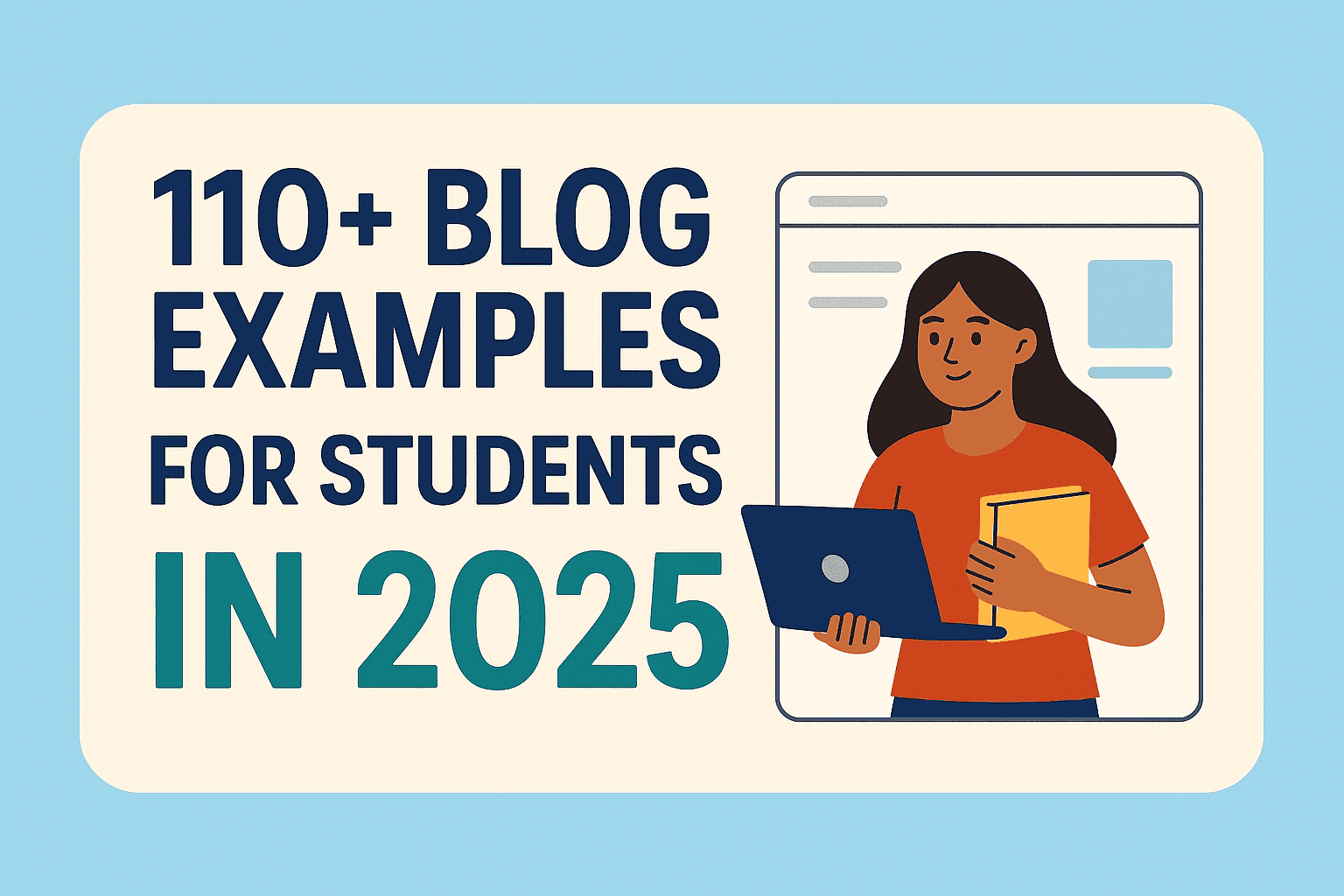

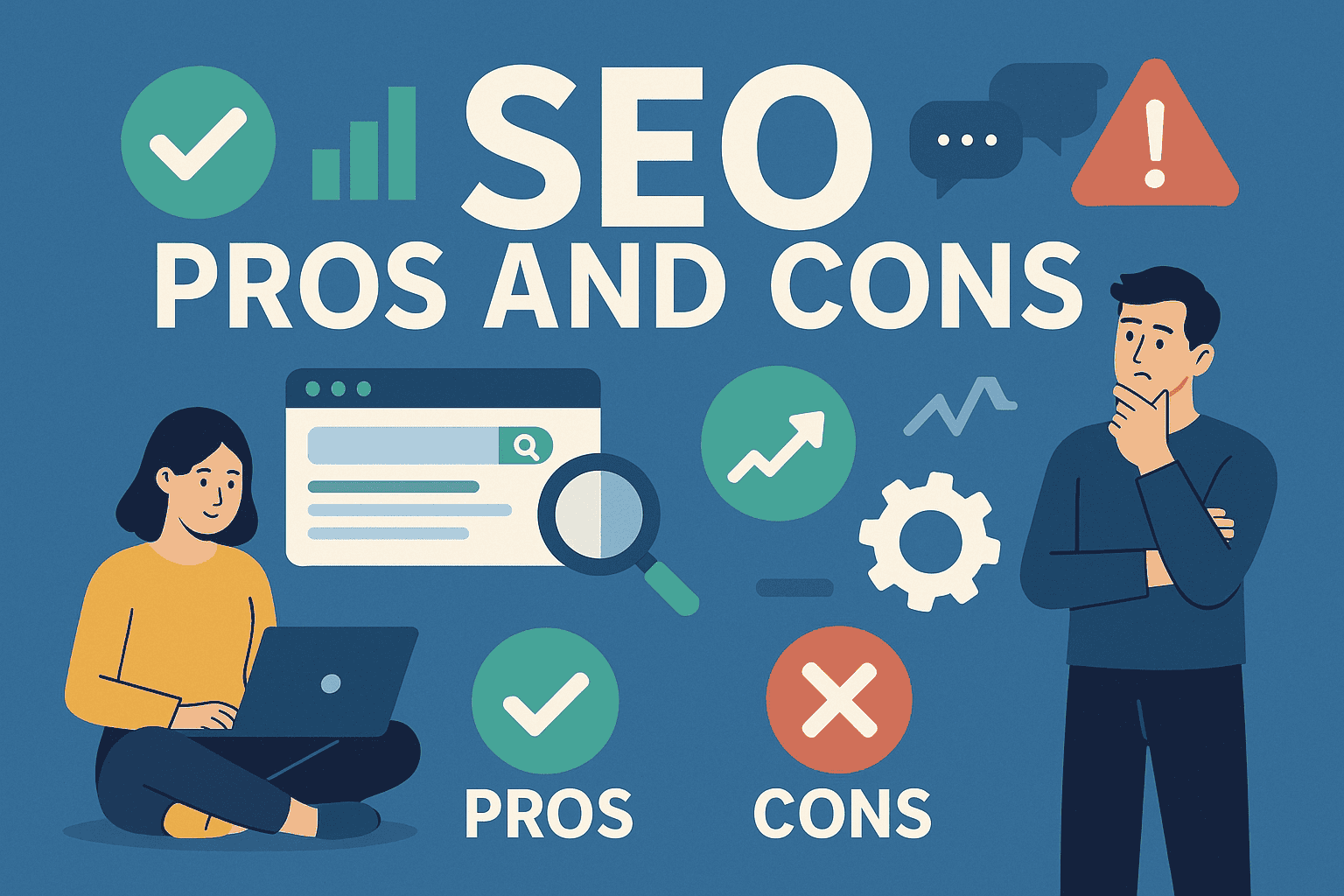



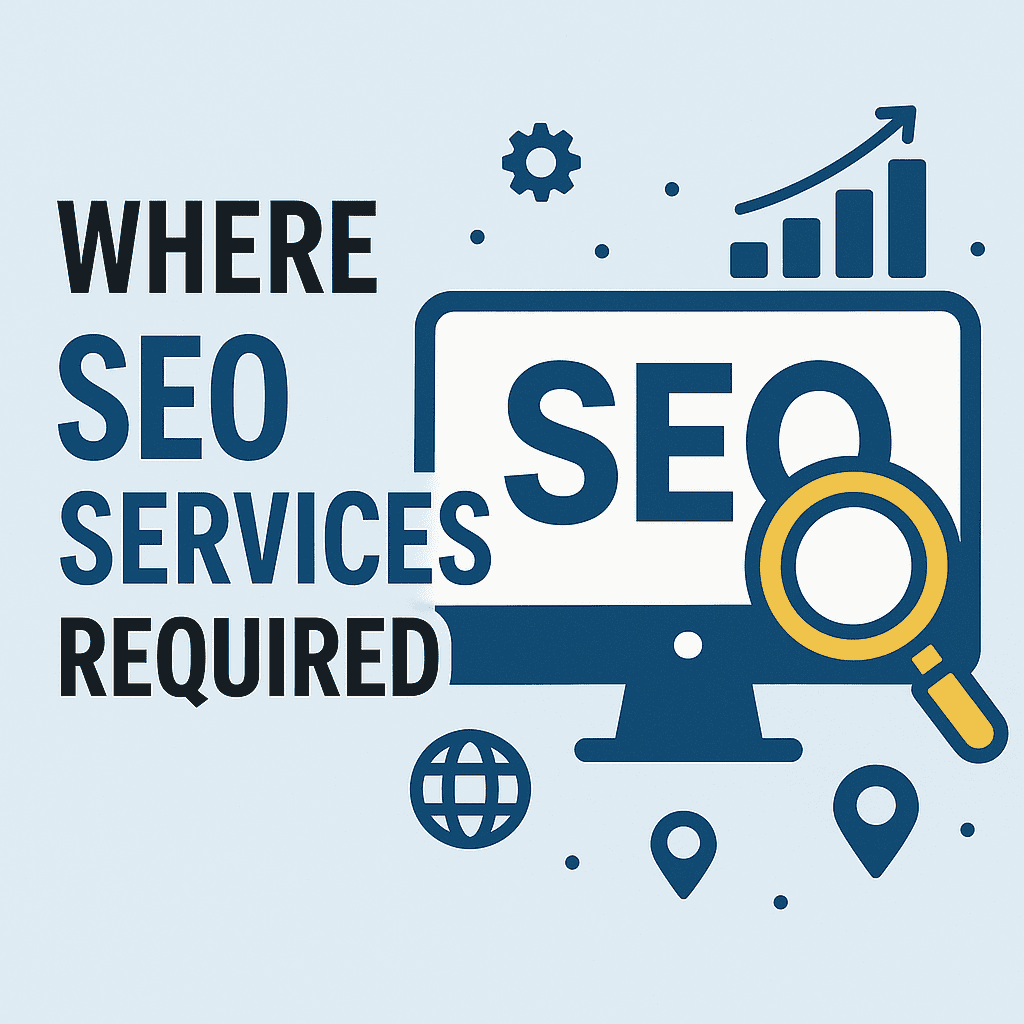
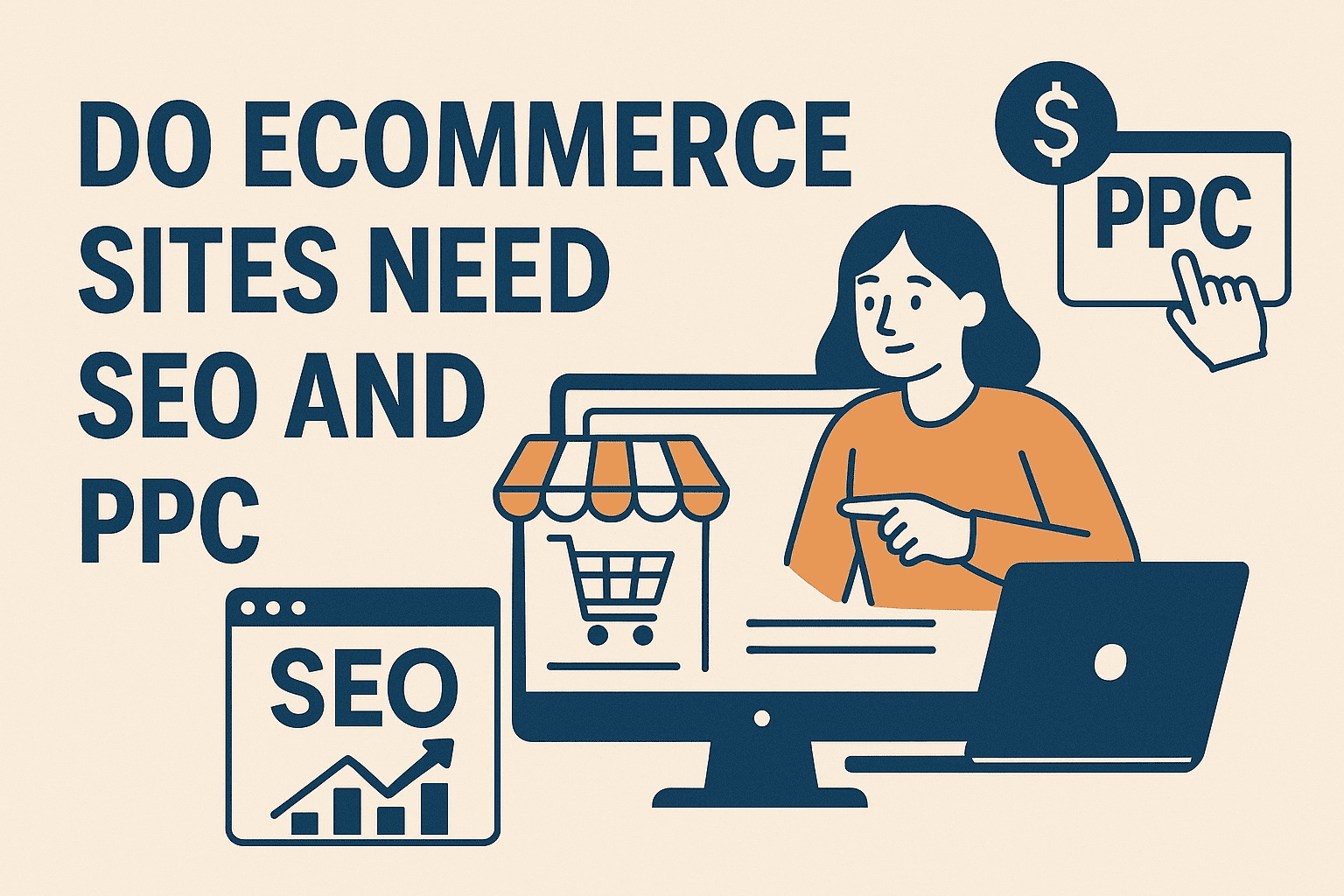
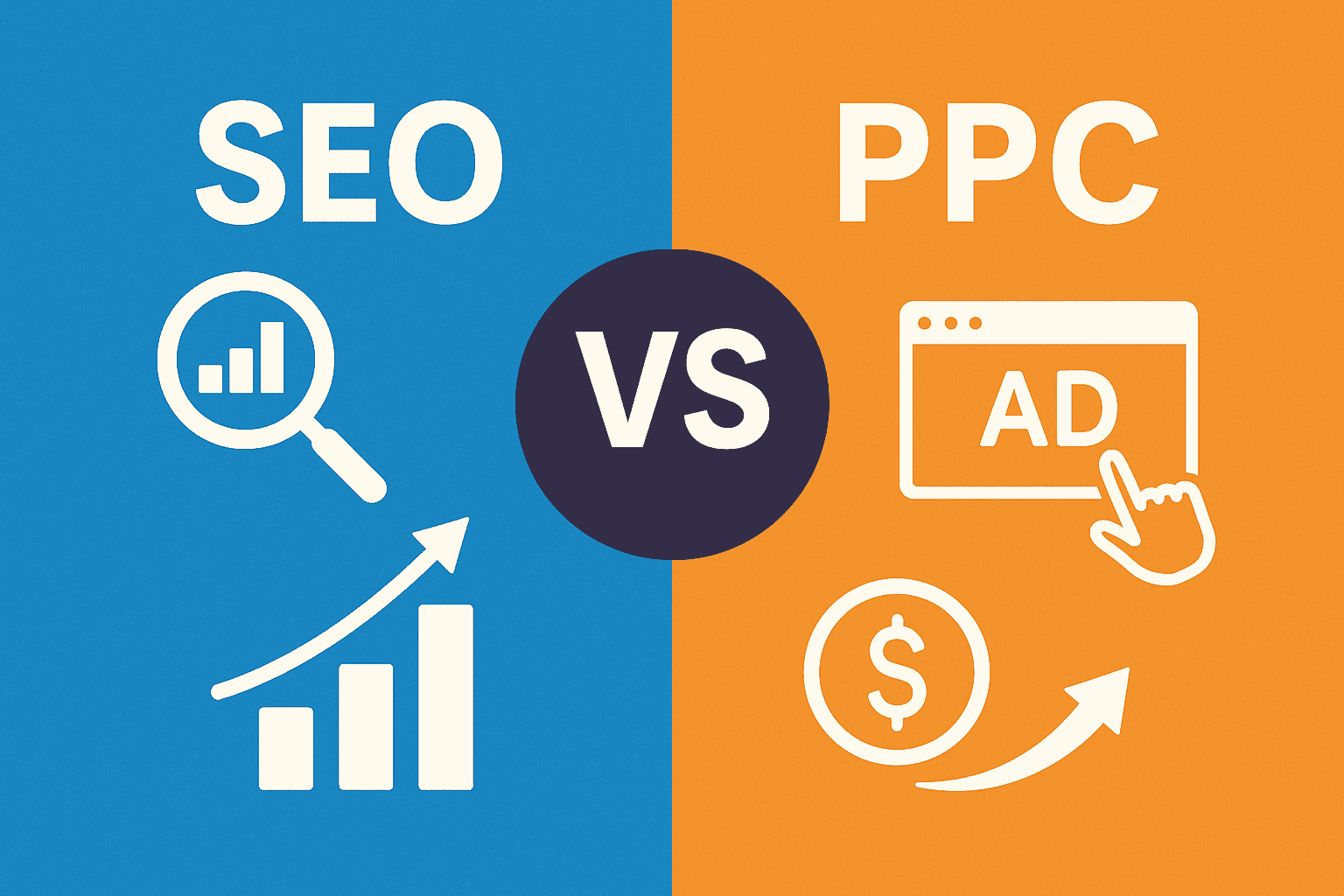

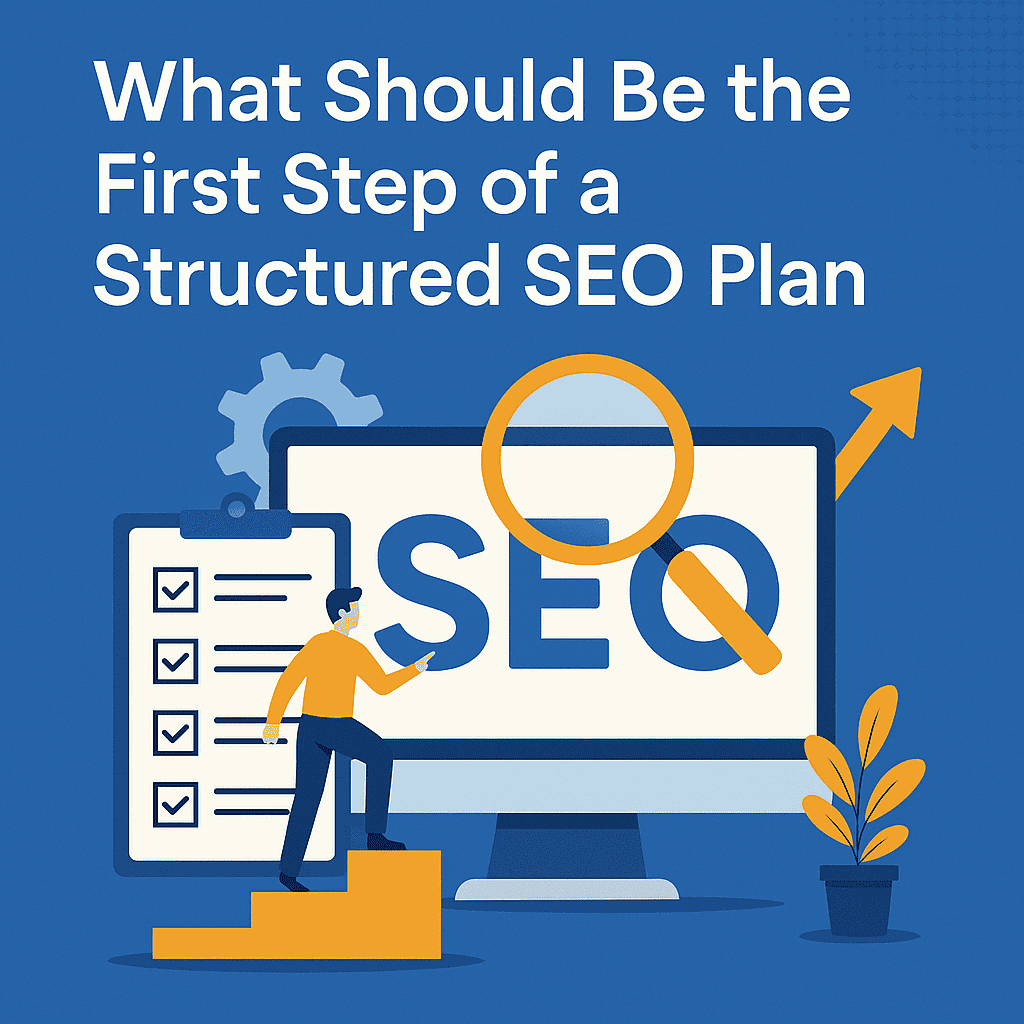
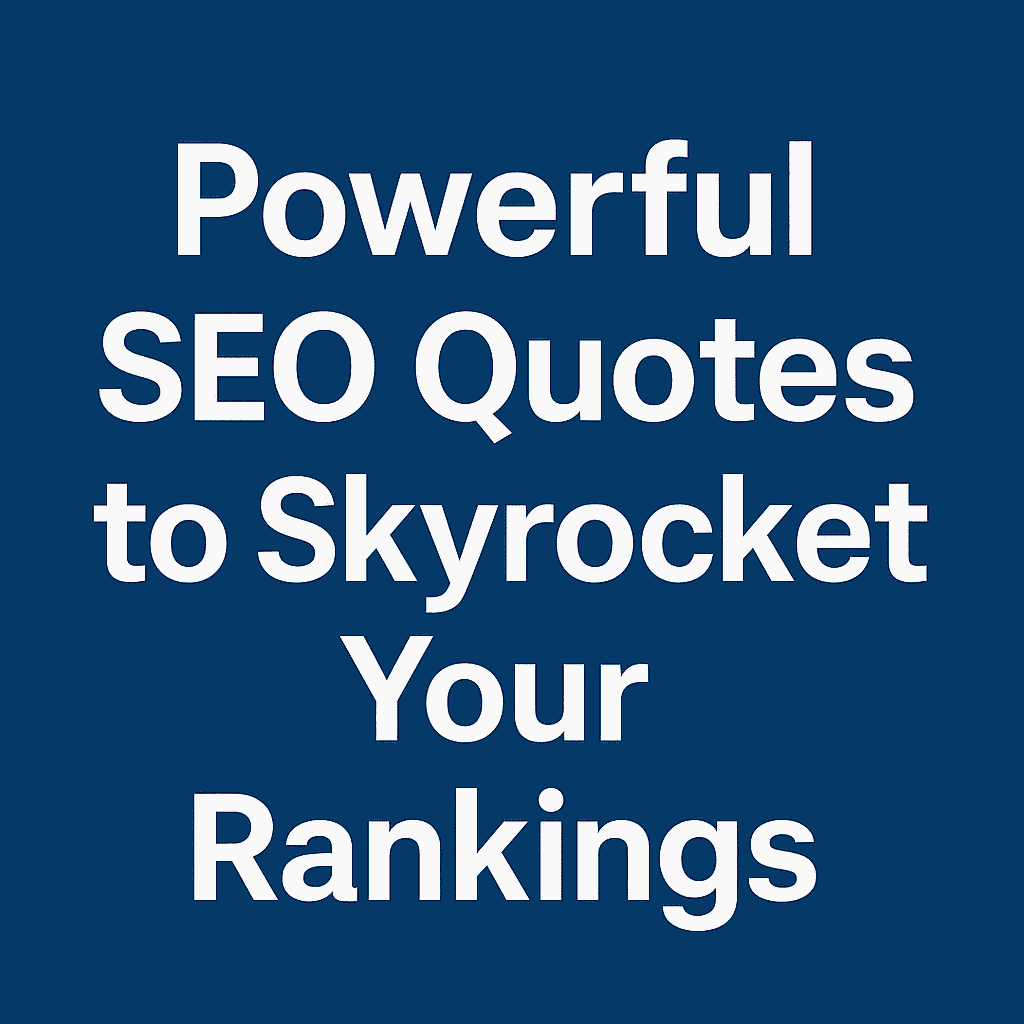

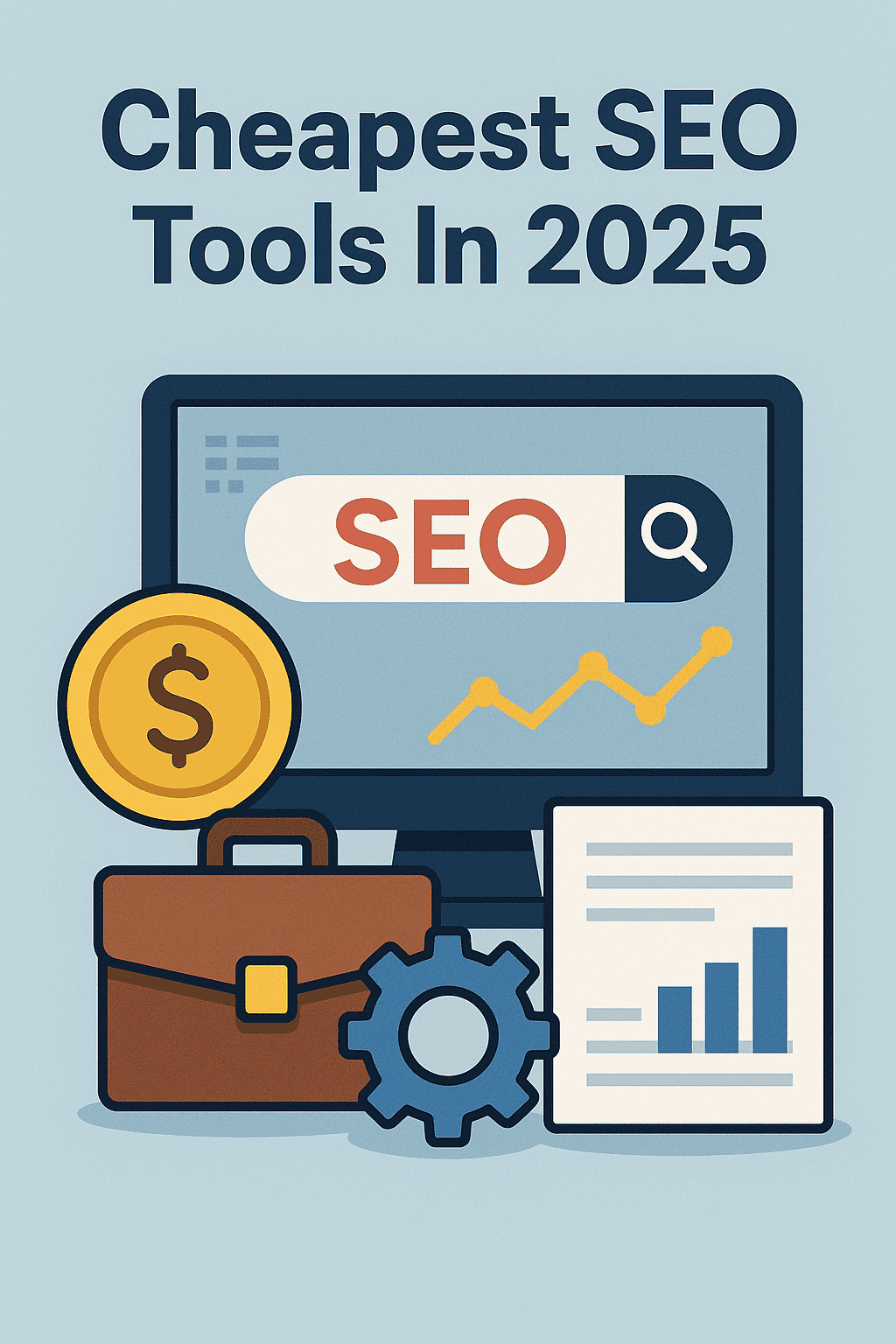
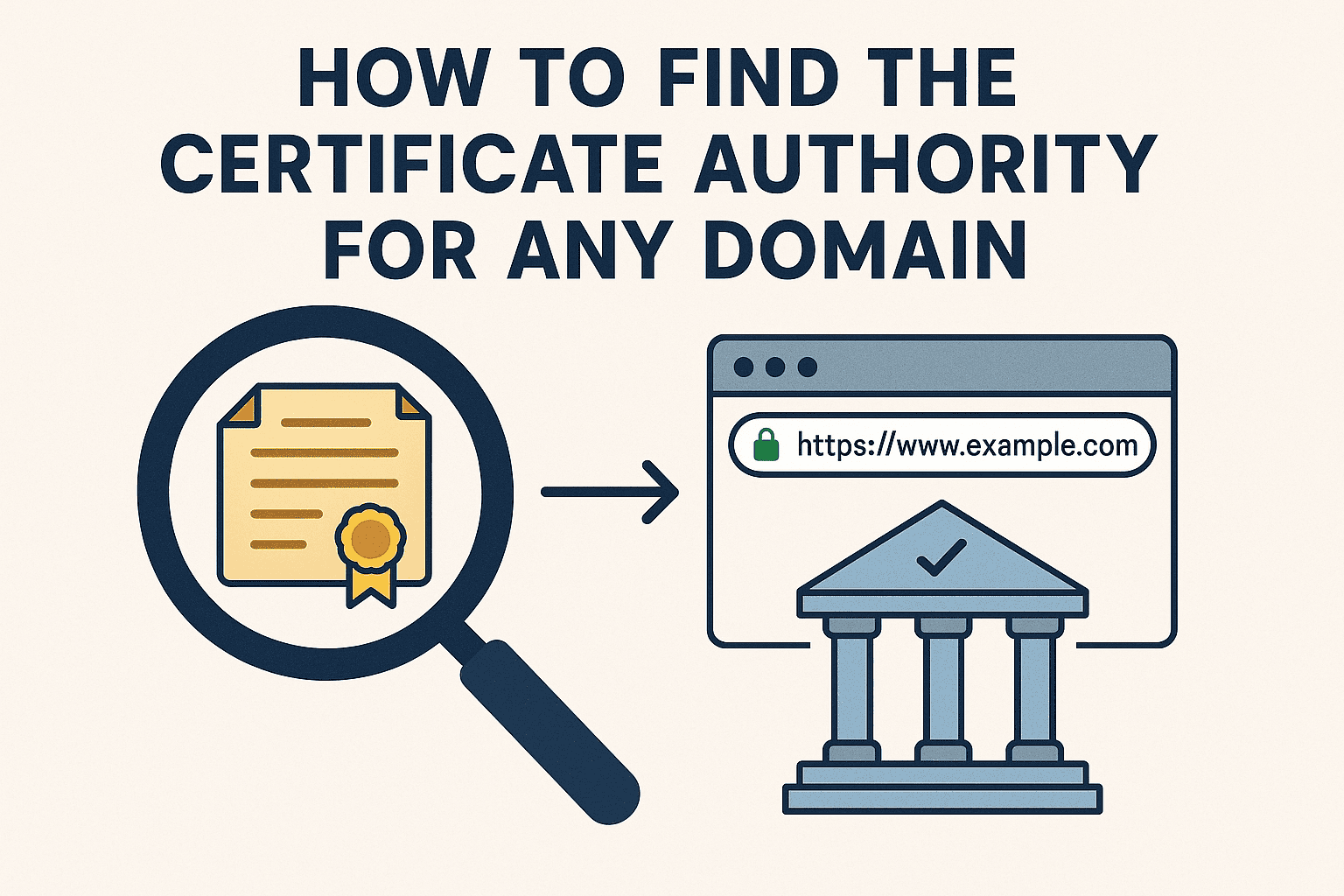
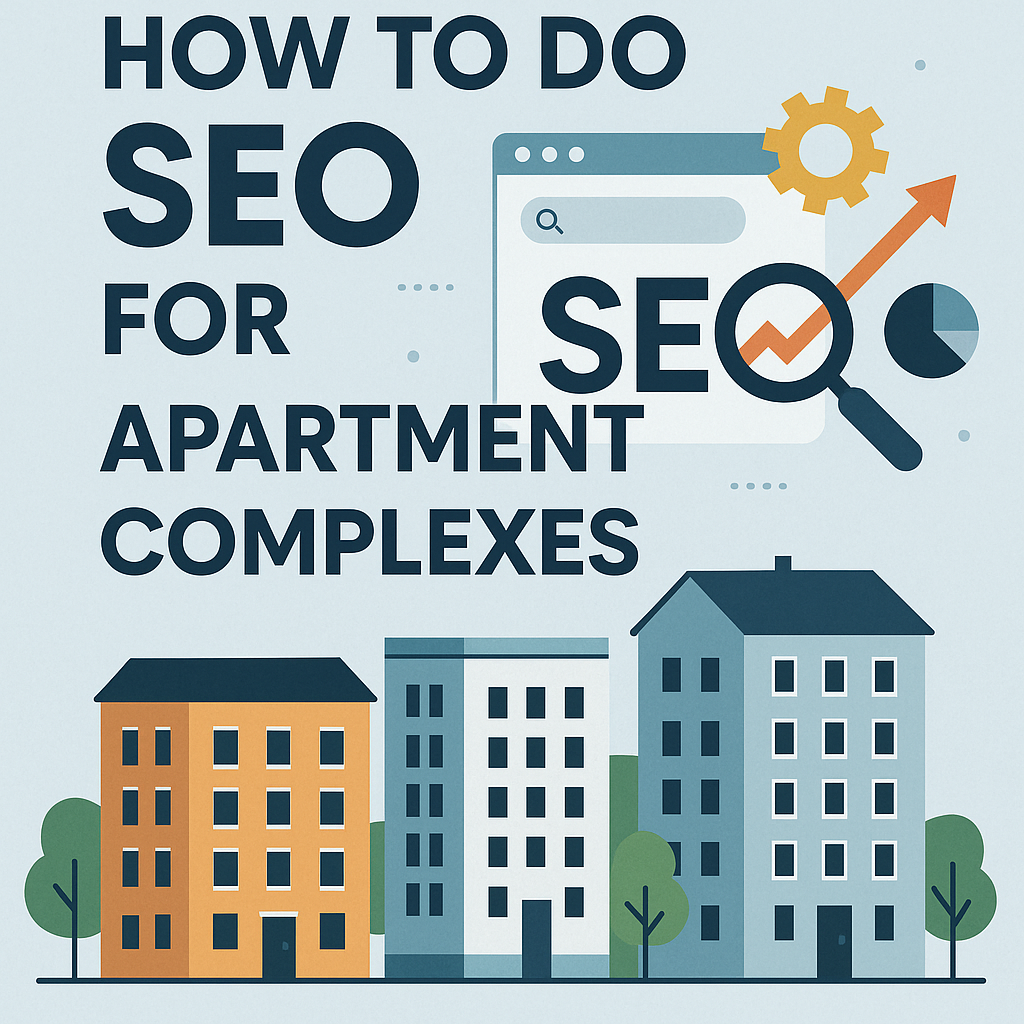
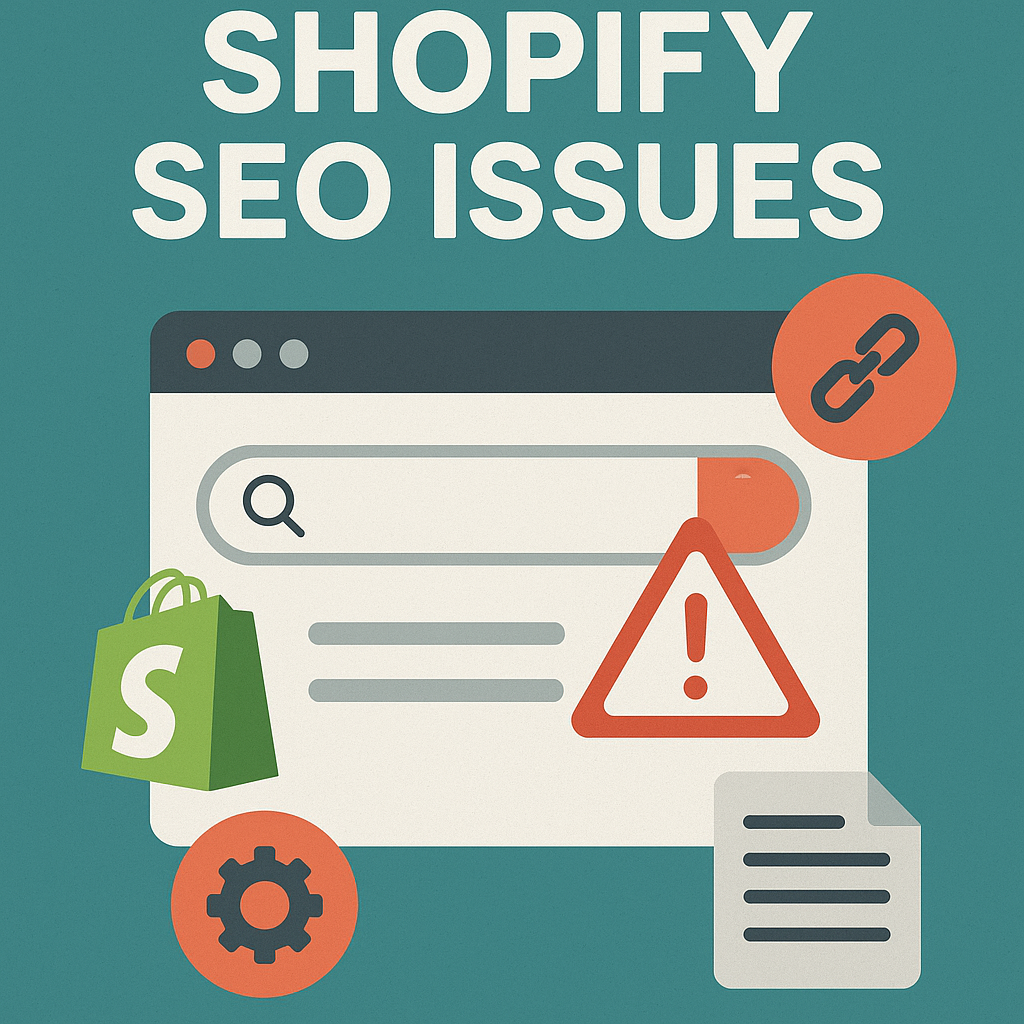


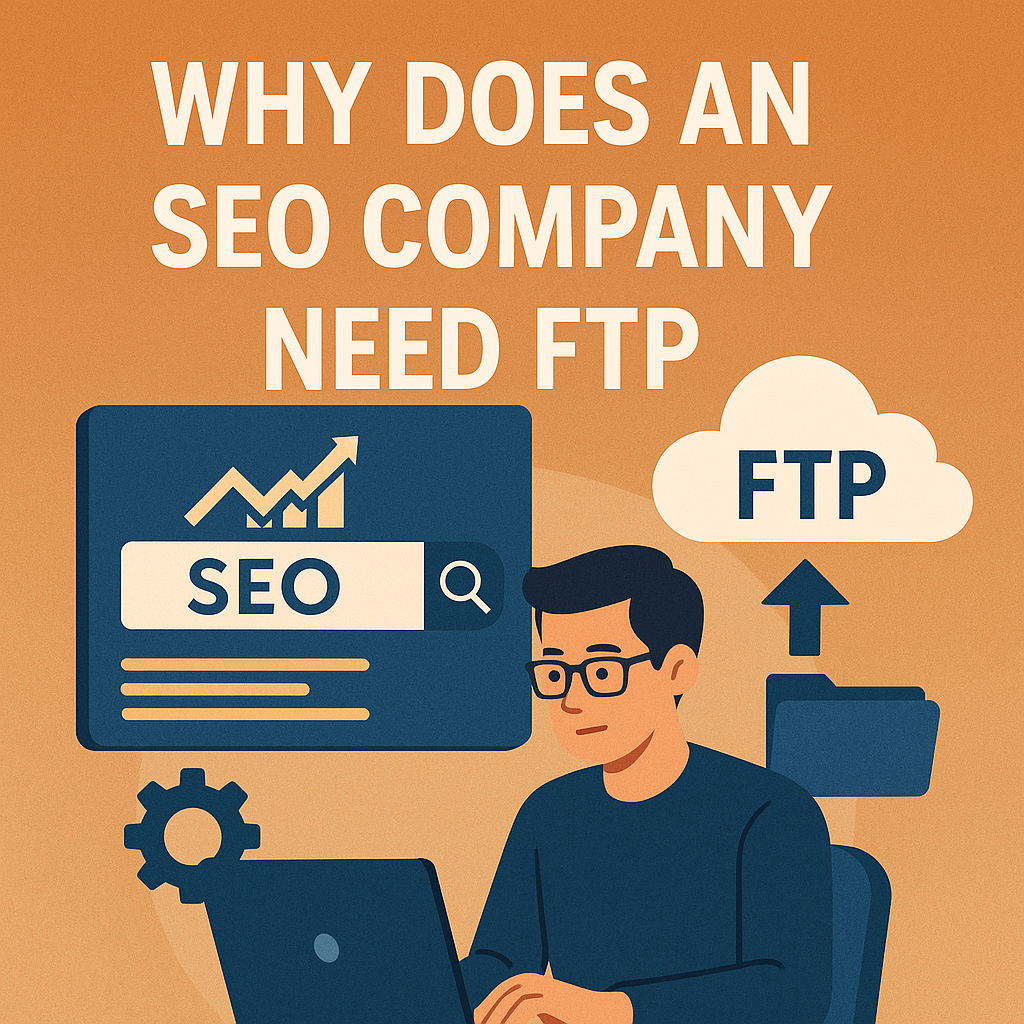
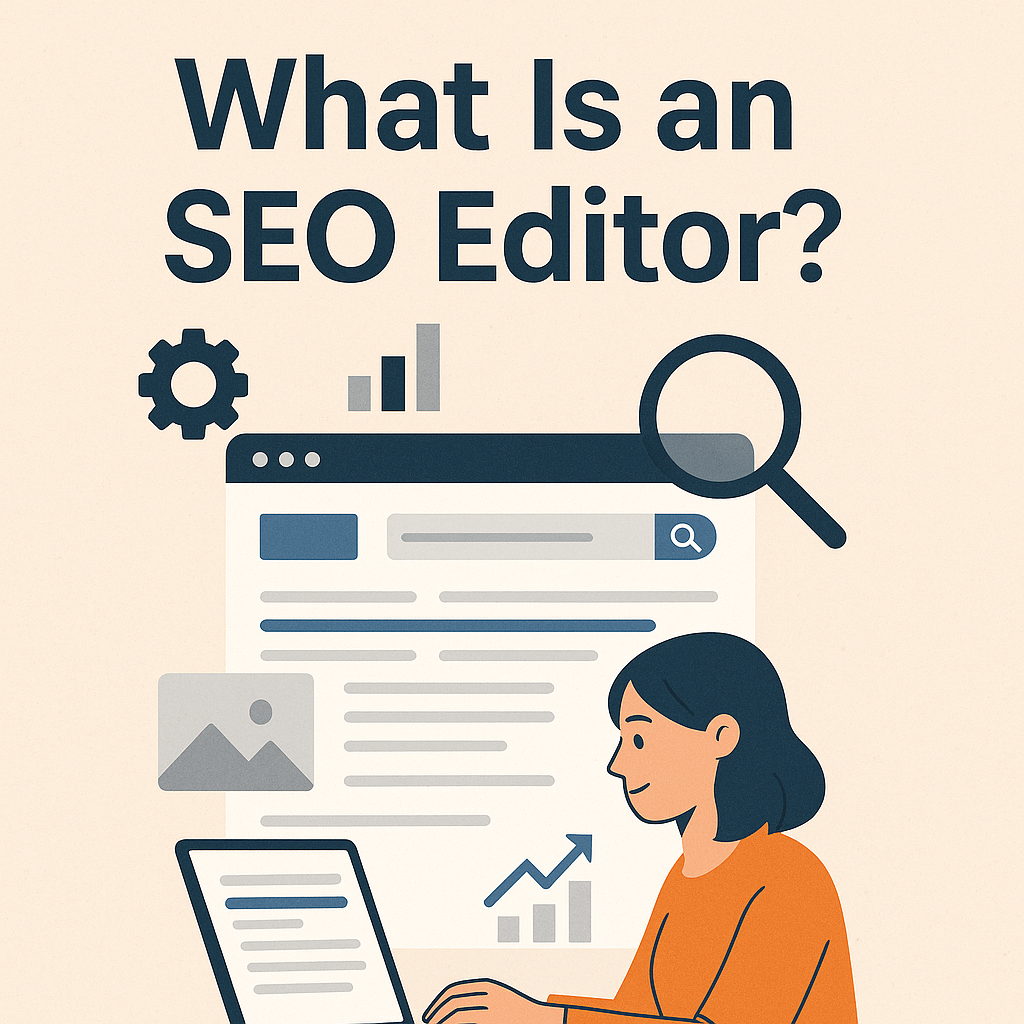
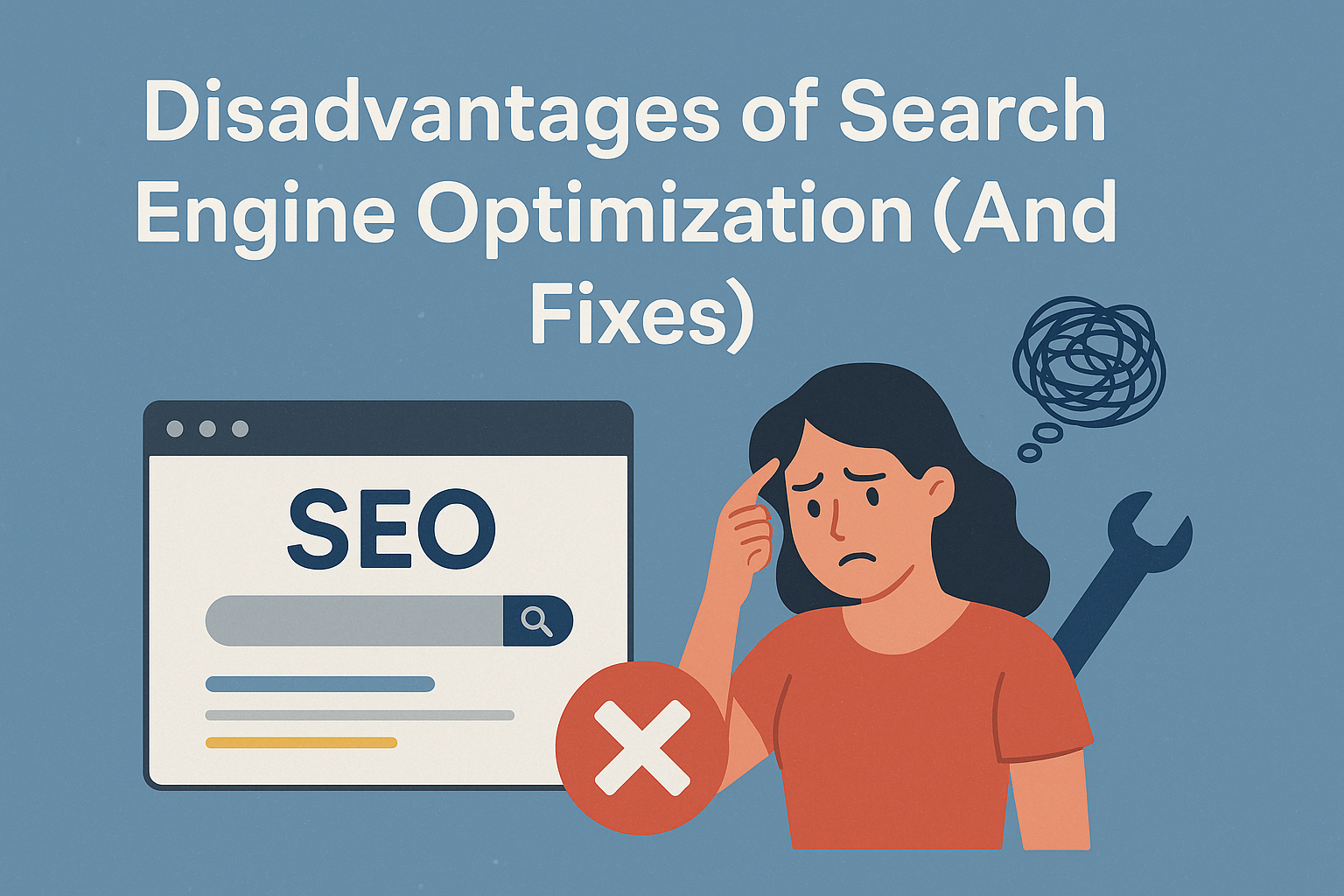
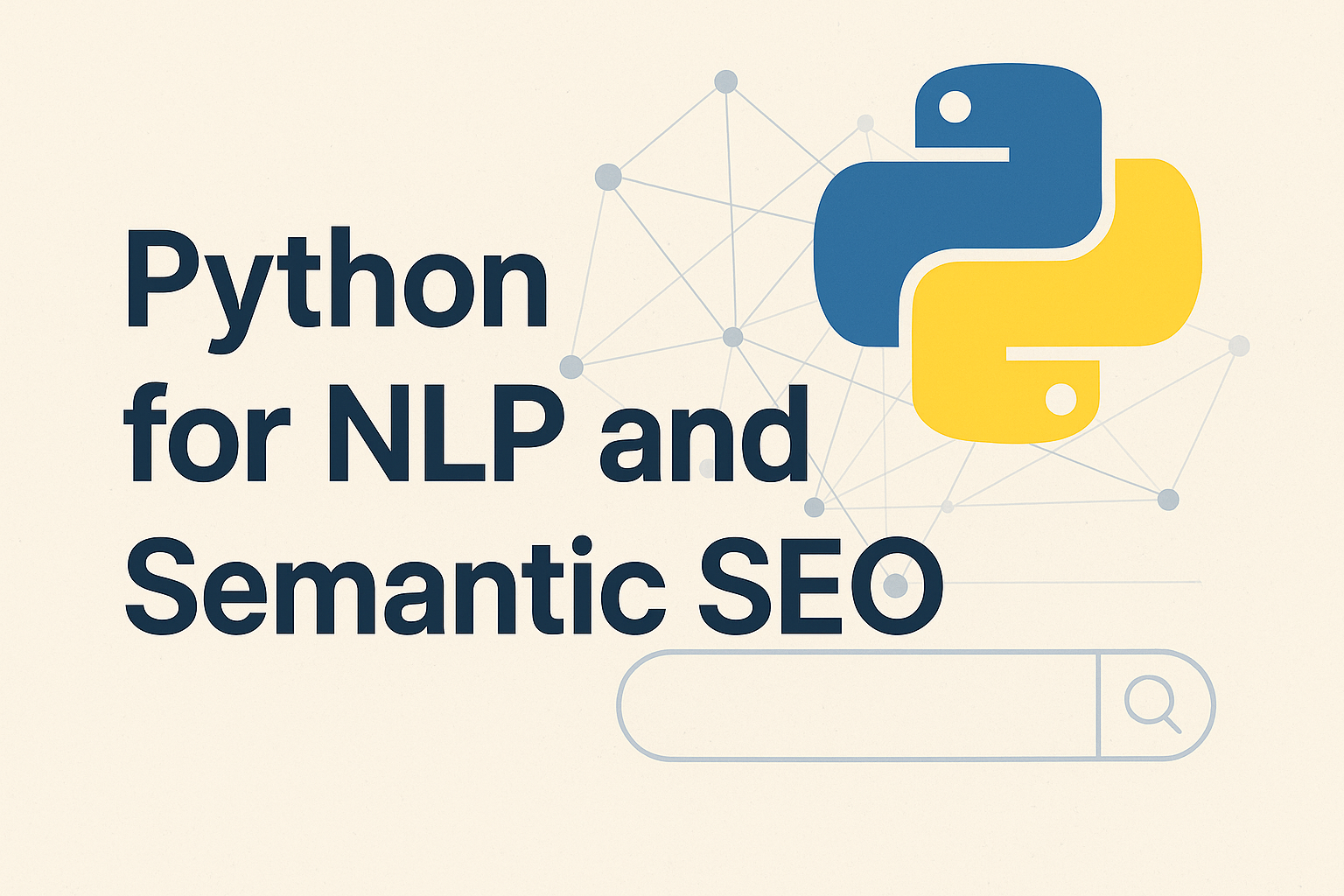
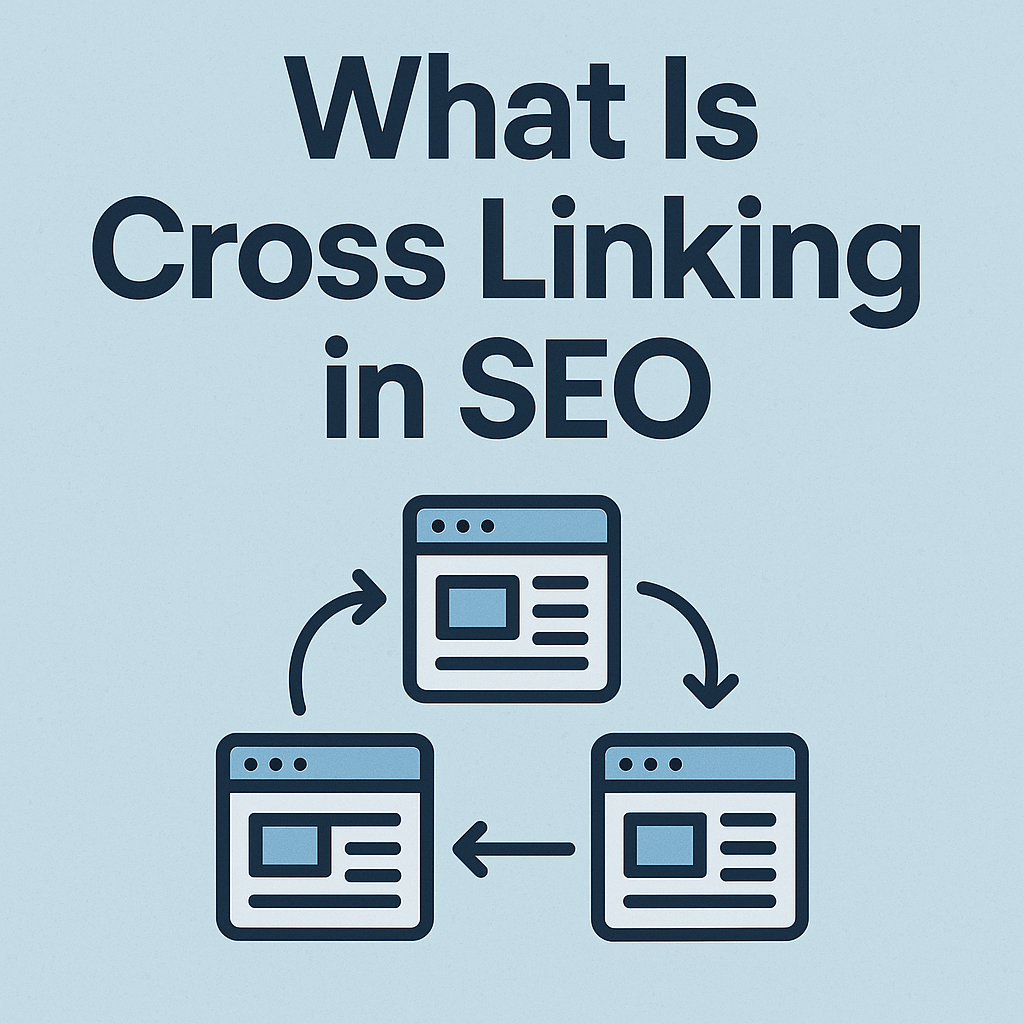

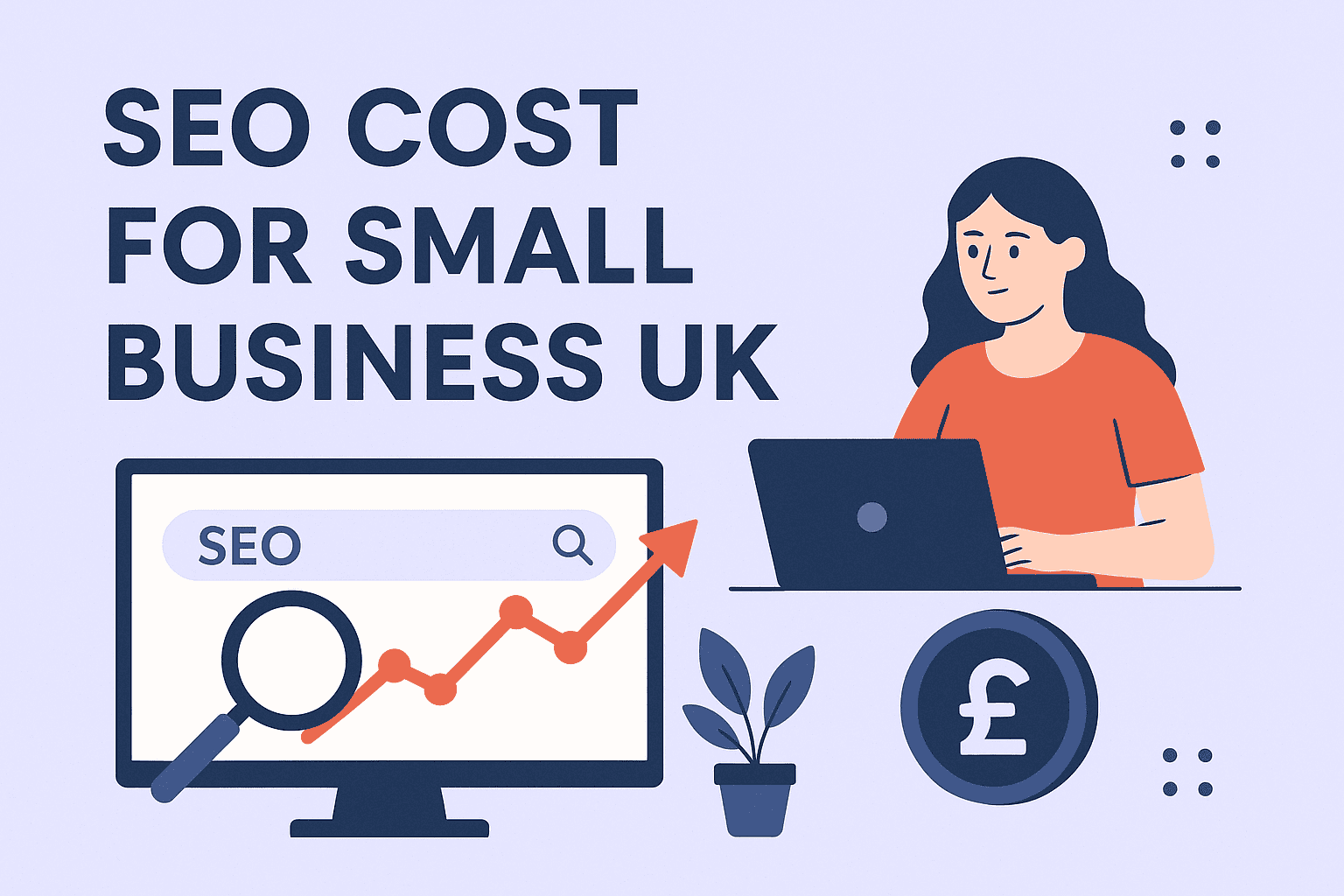

![How Many Outbound Links Per Blog [2025 Updated]](https://backlinkmanagement.io/wp-content/uploads/2025/06/How-Many-Outbound-Links-Per-Blog.png)
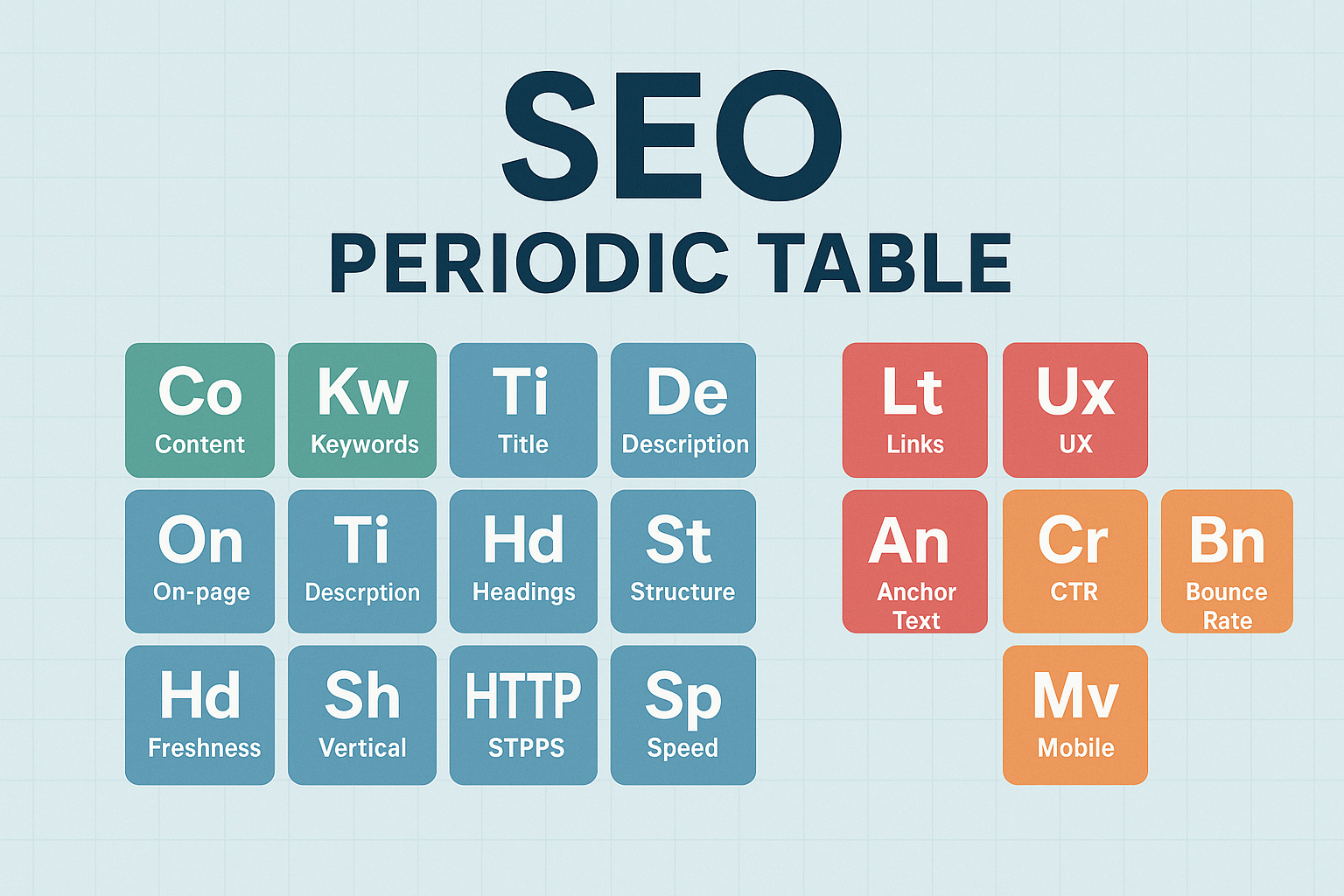
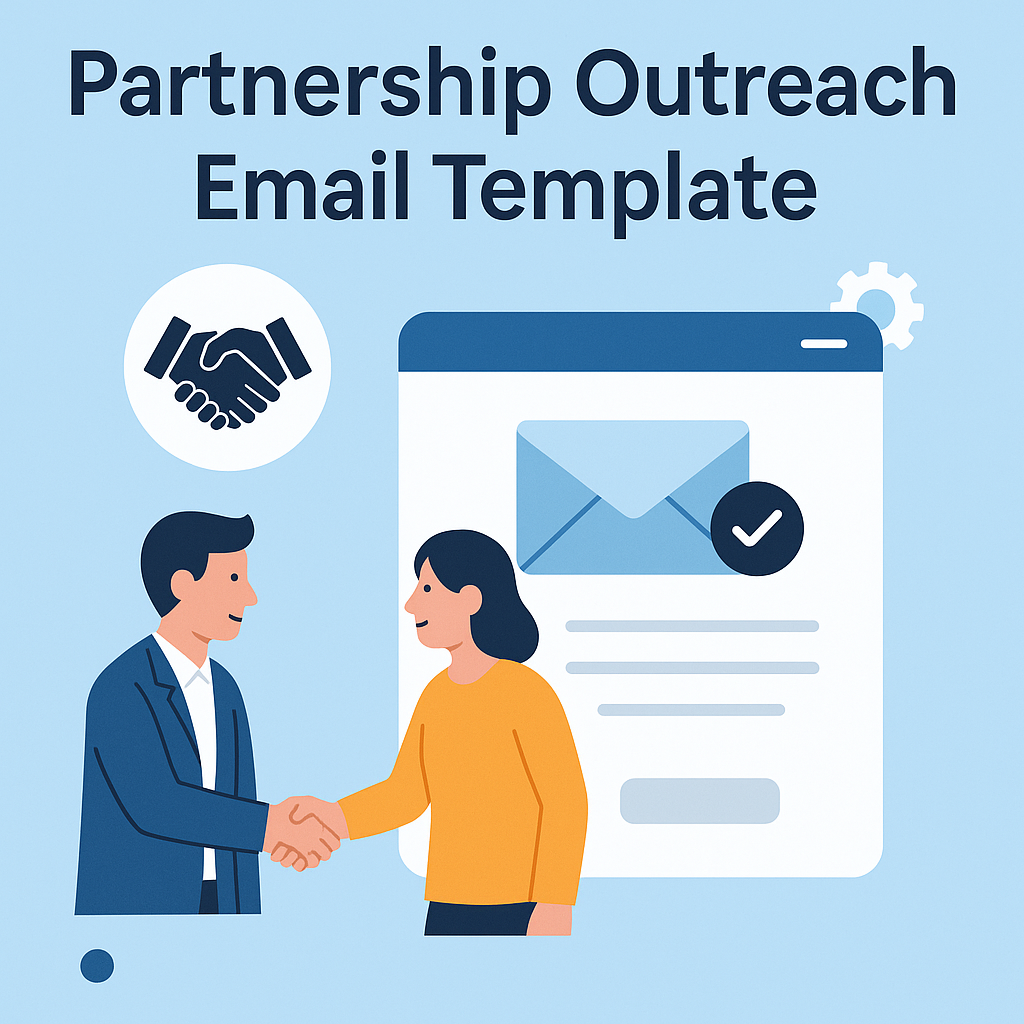
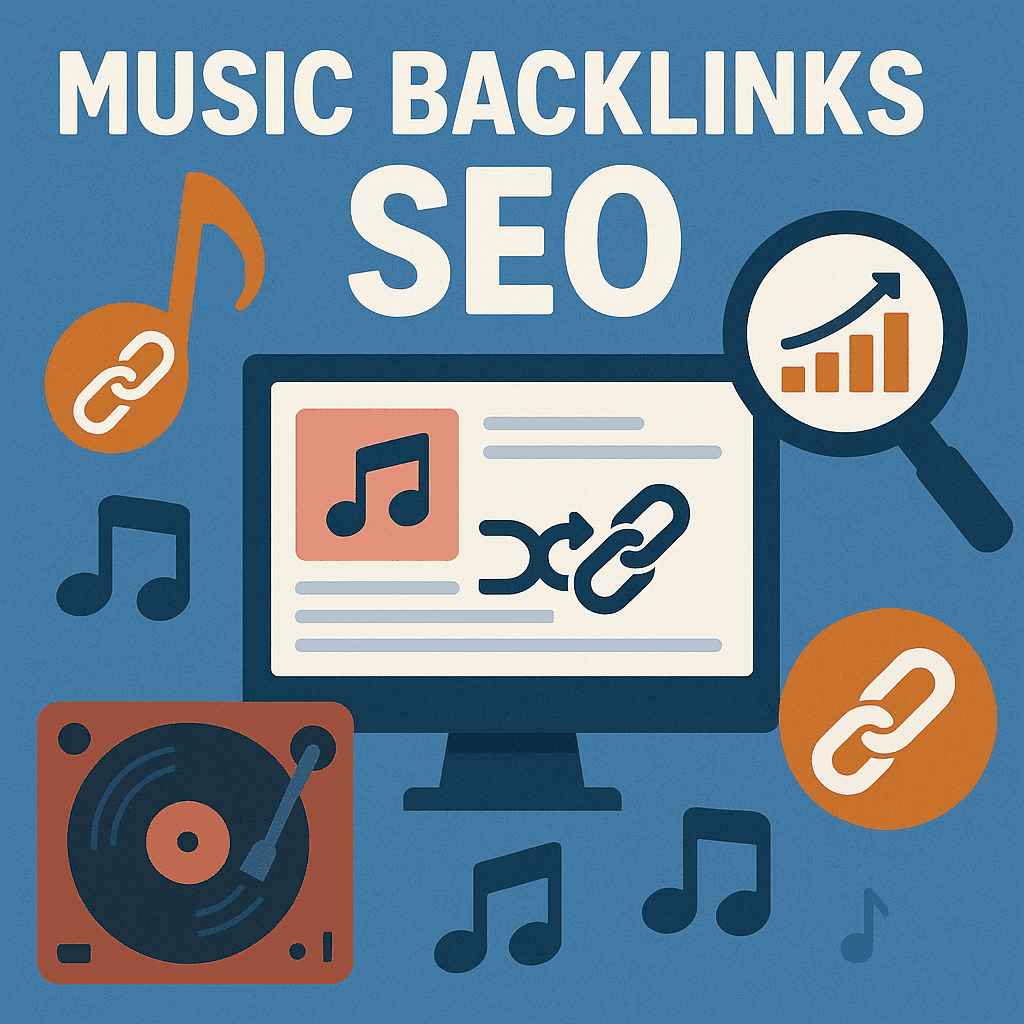
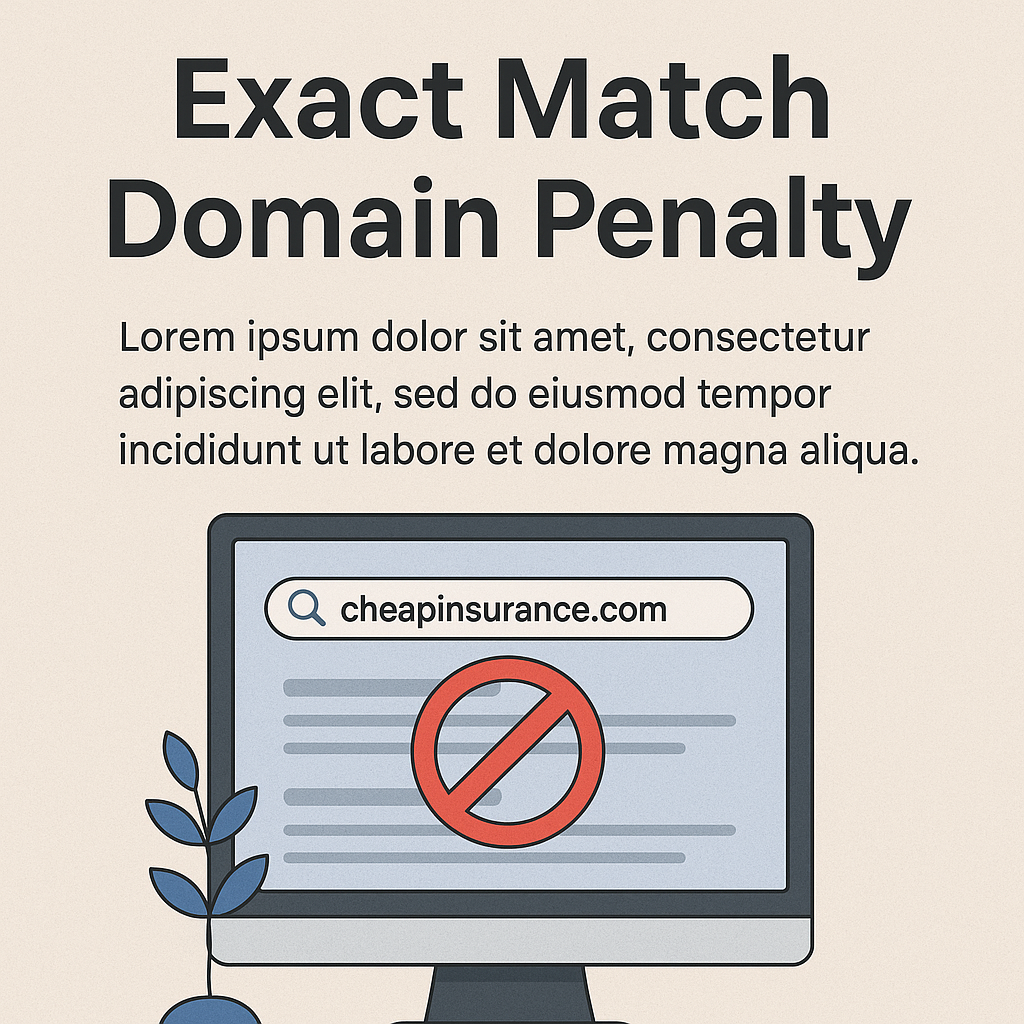
![B2B and B2C Website Examples [2025 Updated]](https://backlinkmanagement.io/wp-content/uploads/2025/05/B2B-and-B2C-Website-Example-.png)
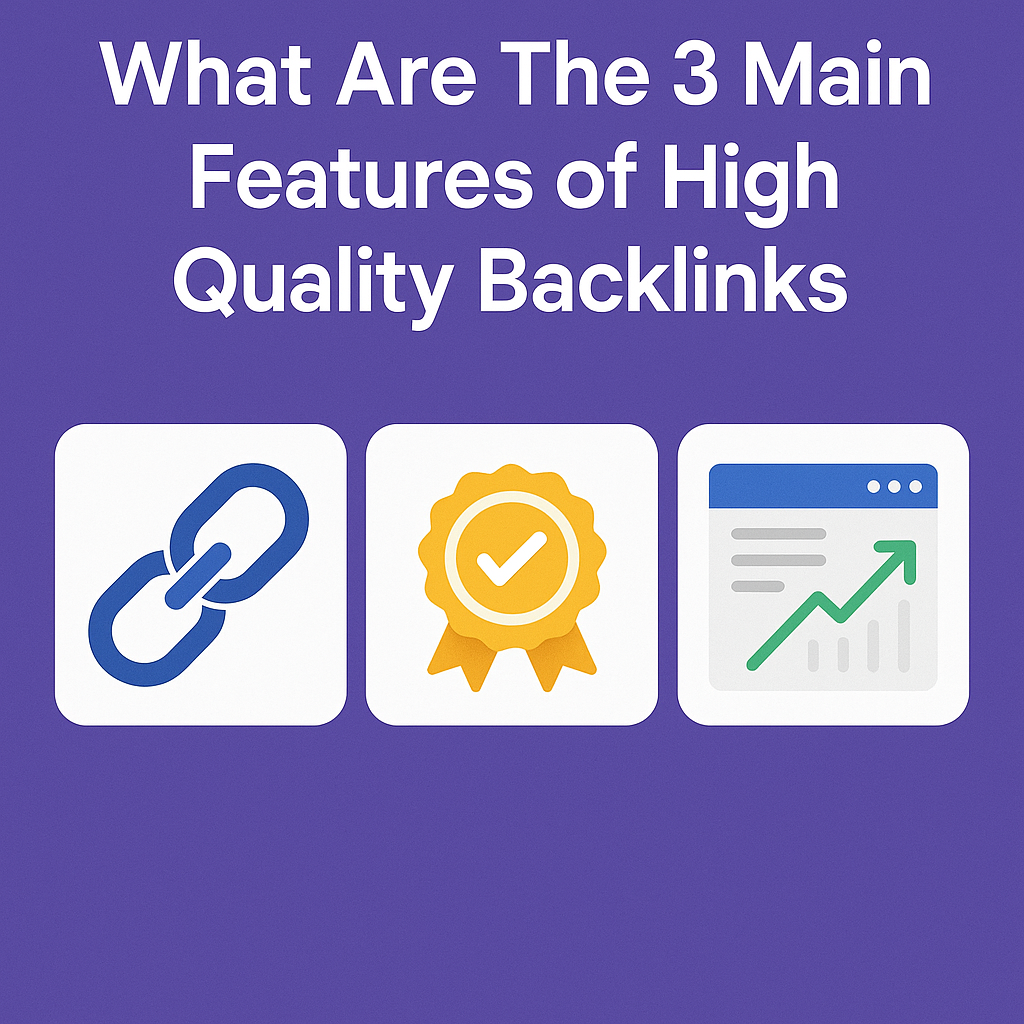
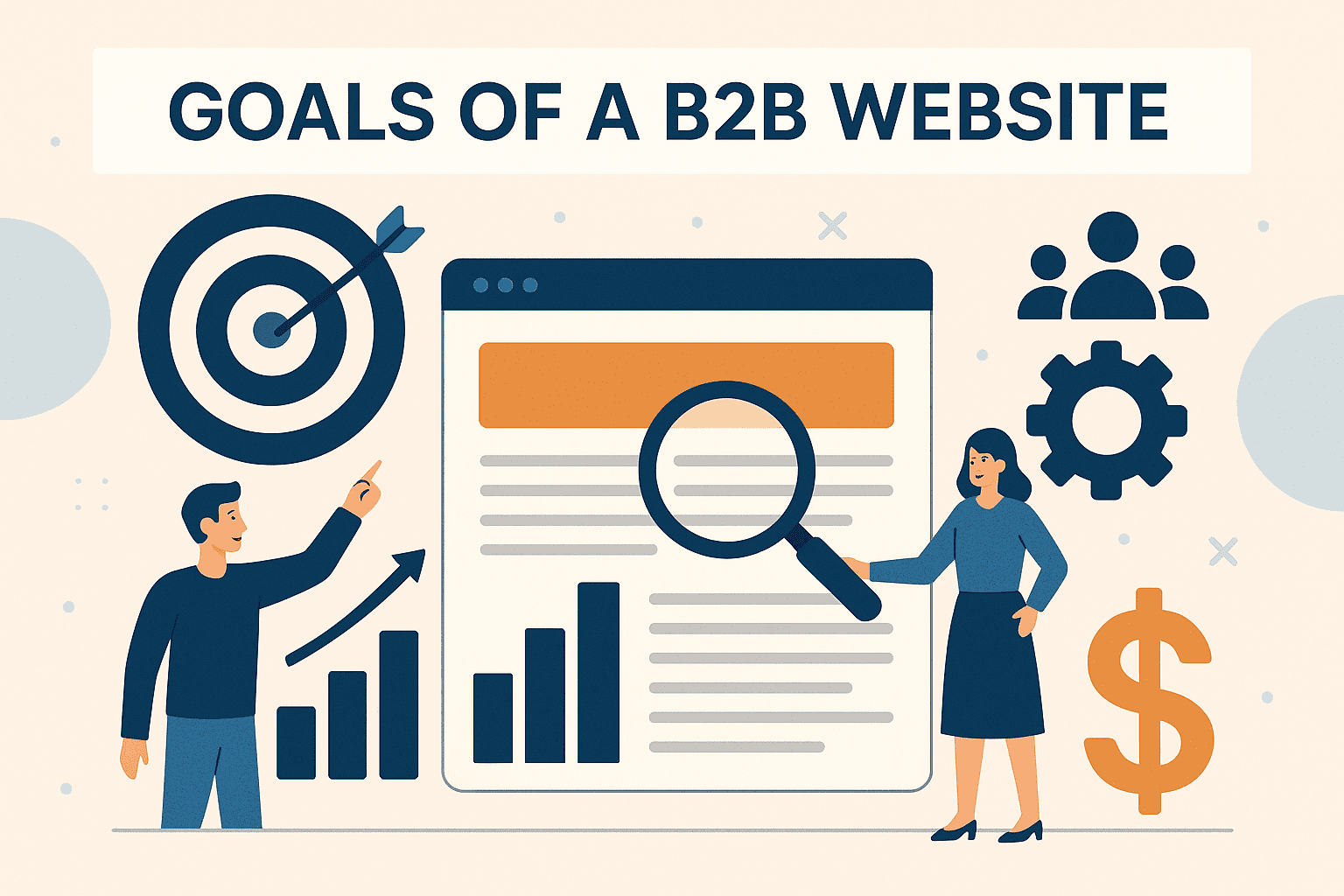

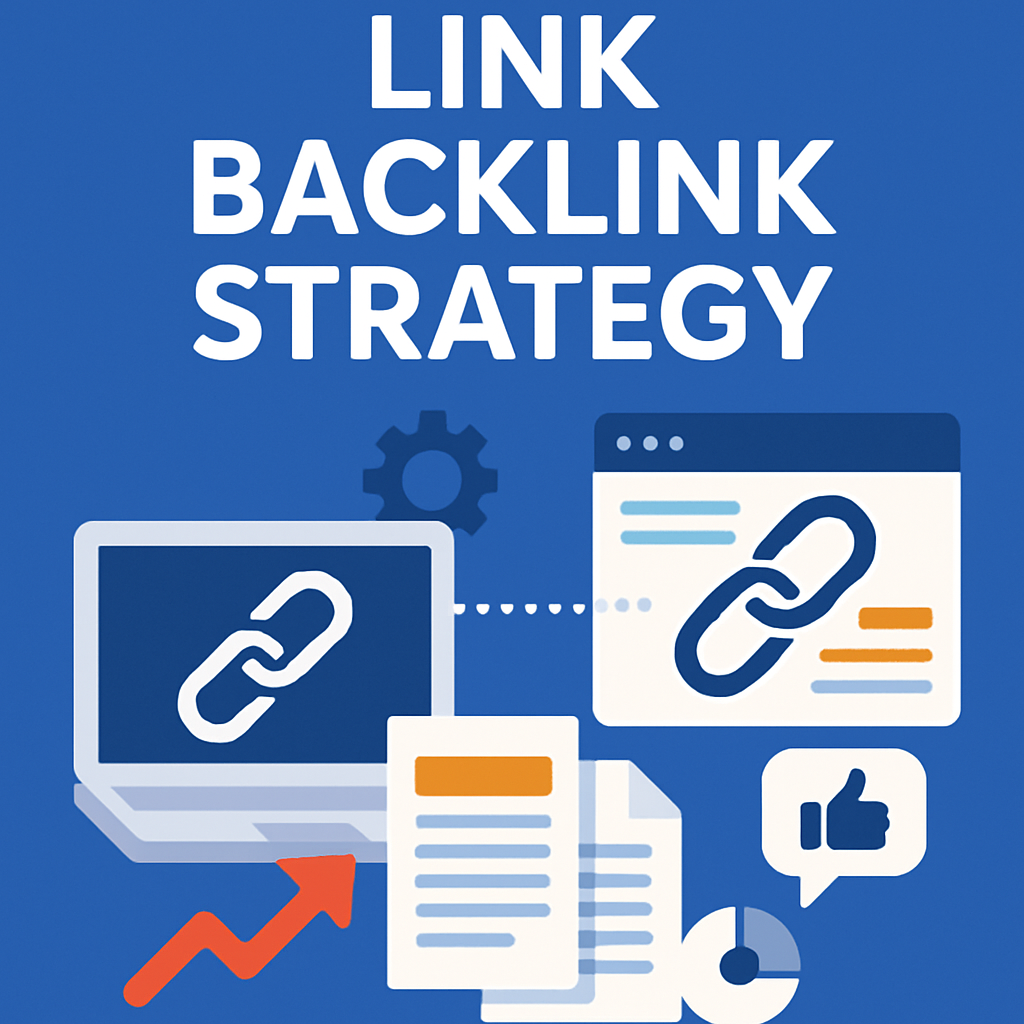
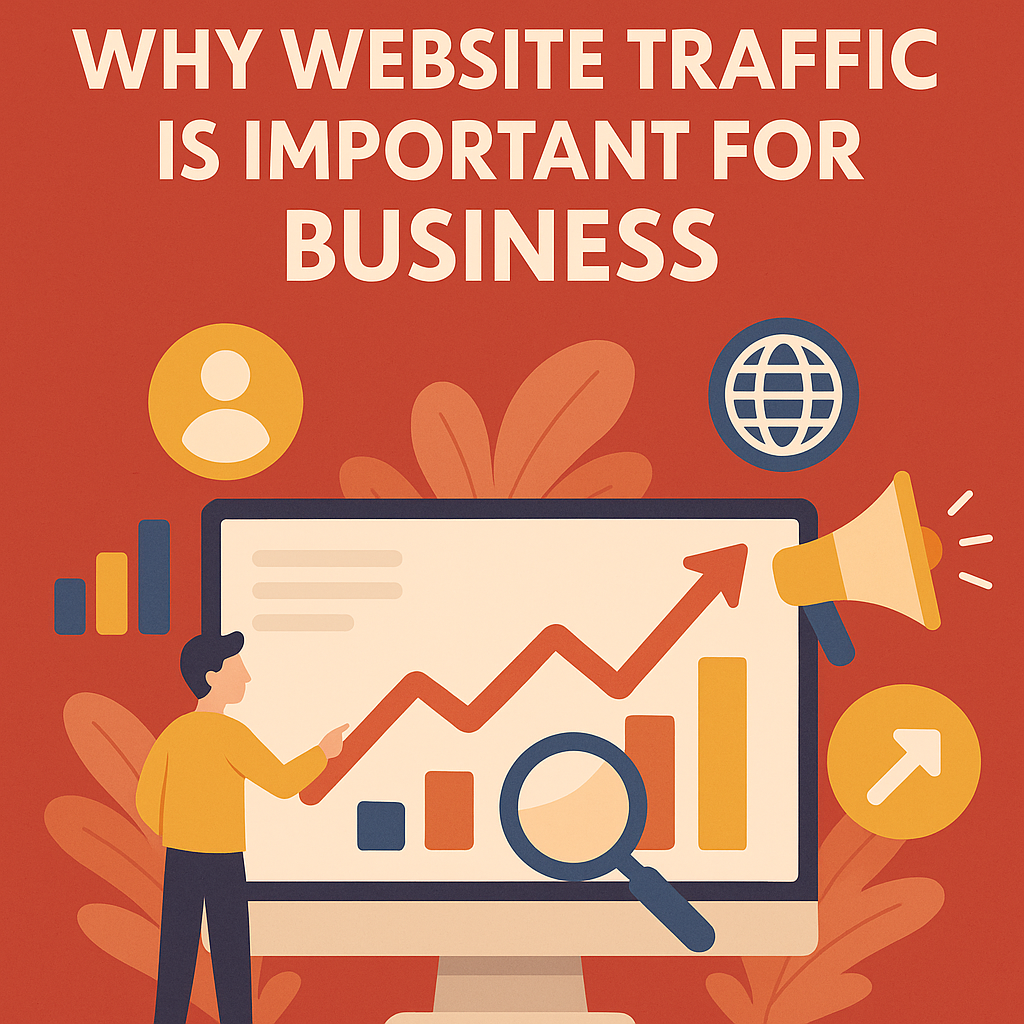
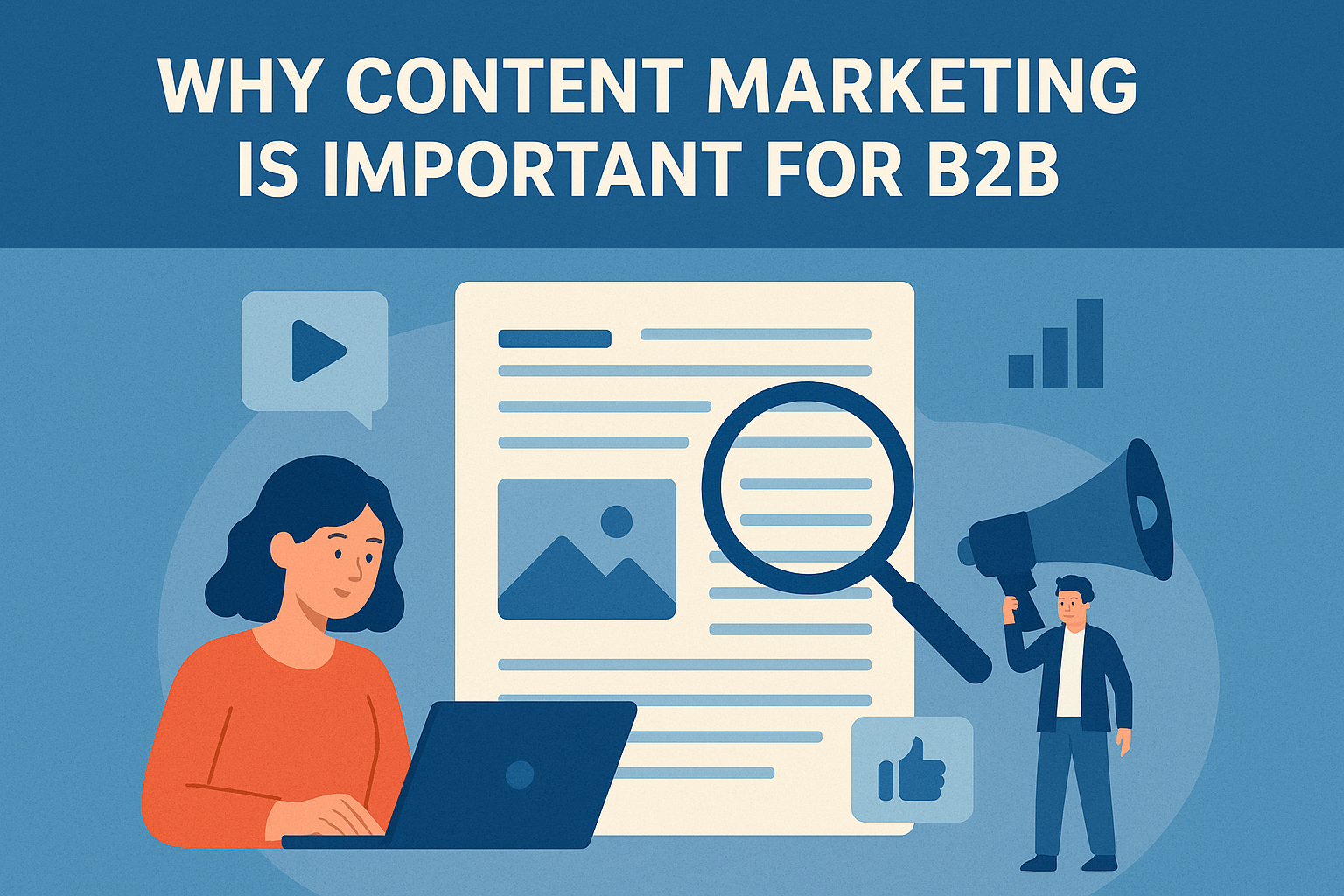
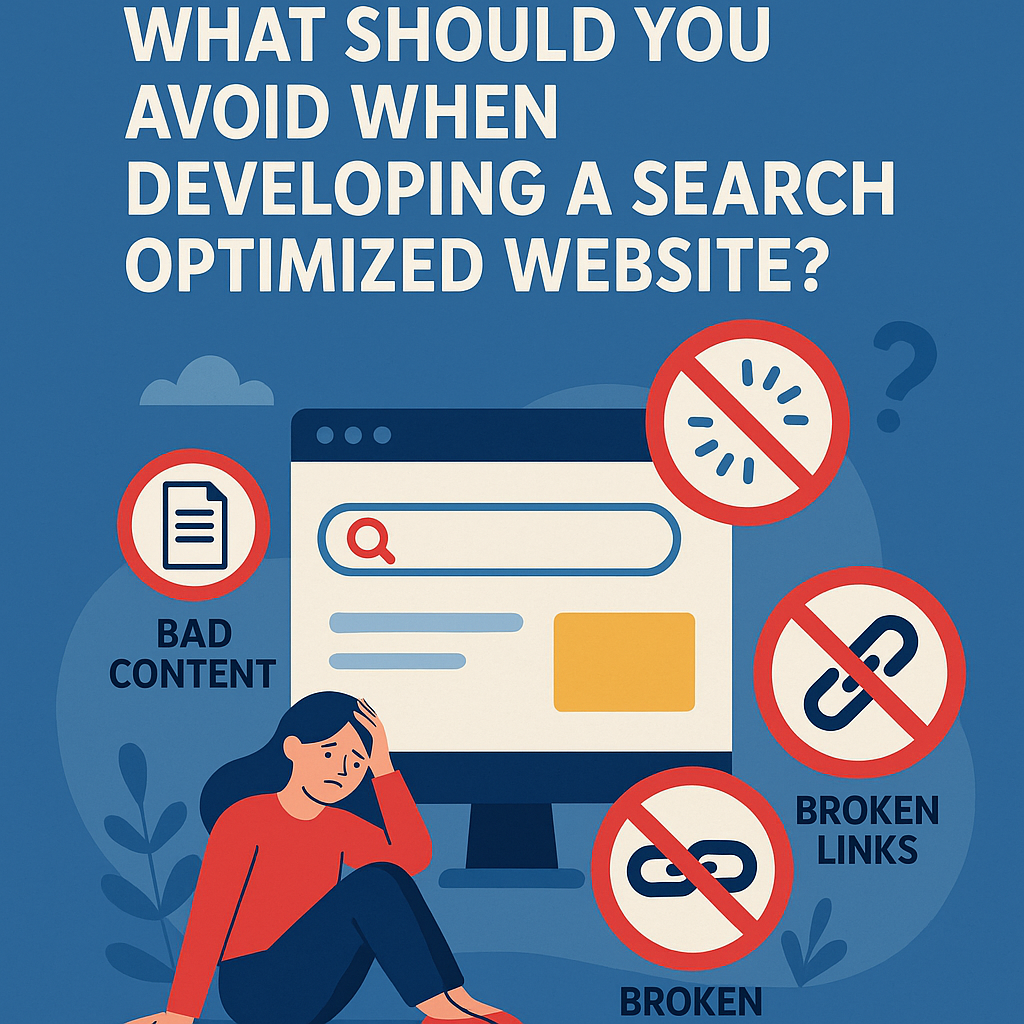

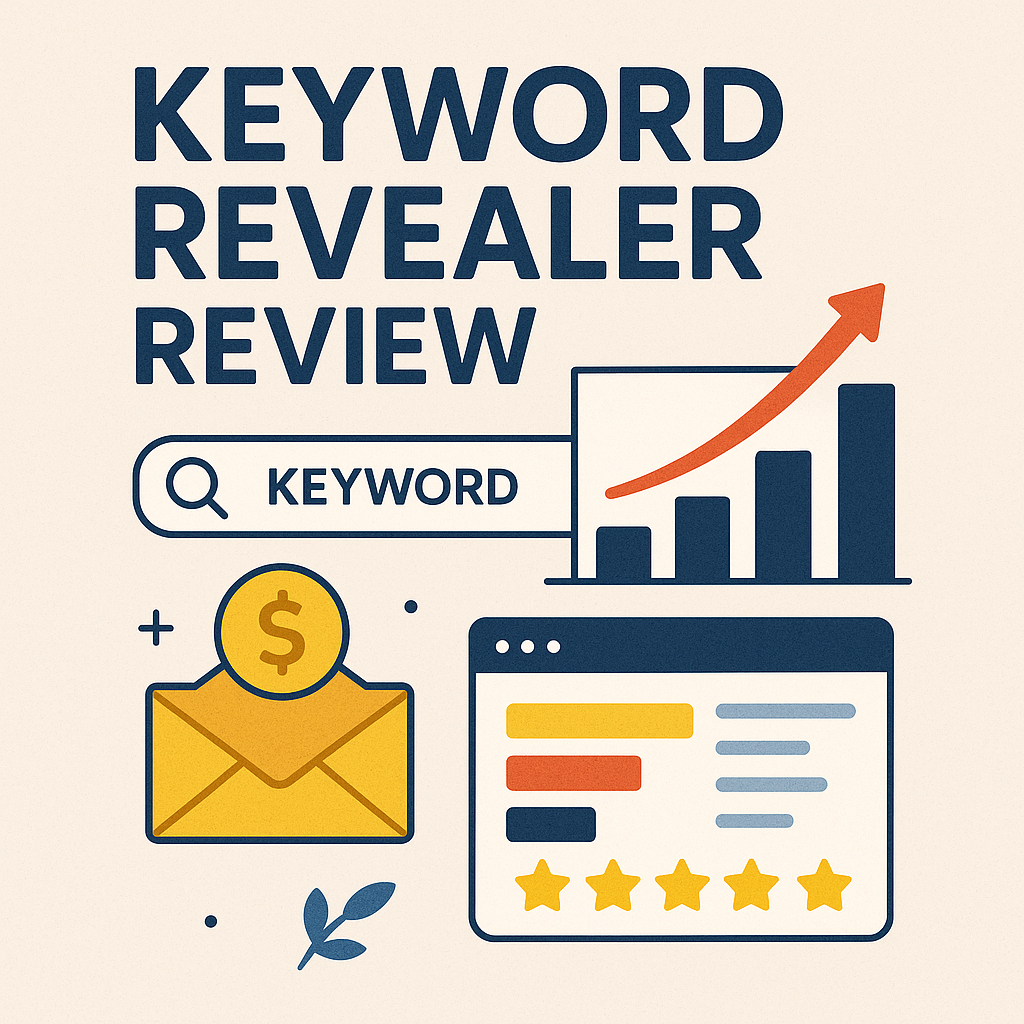
![What To Do After Keyword Research [2025 Guide]](https://backlinkmanagement.io/wp-content/uploads/2025/05/What-To-Do-After-Keyword-Research.png)
![Is Page Speed Really A Ranking Factor? [2025]](https://backlinkmanagement.io/wp-content/uploads/2025/05/Is-Page-Speed-Really-A-Ranking-Factor.png)
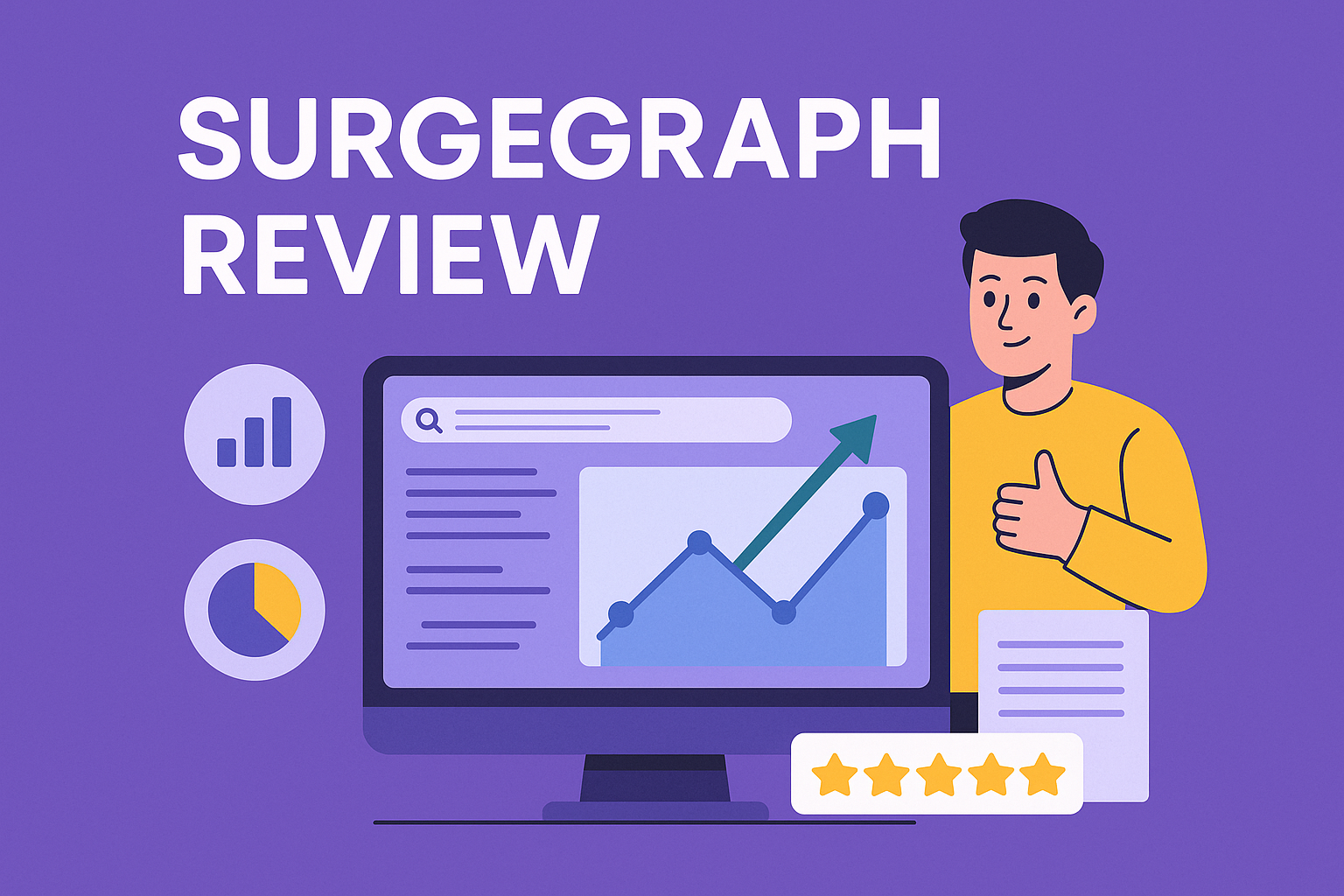


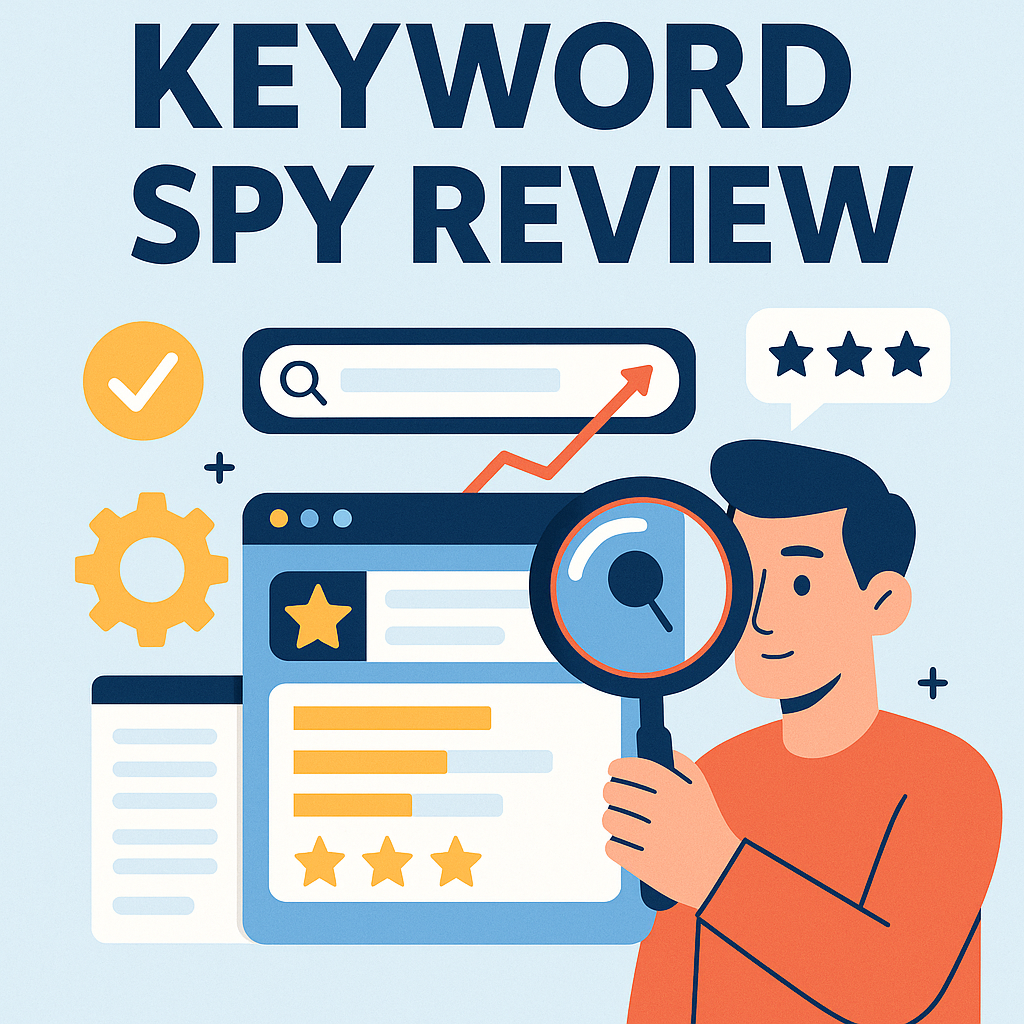




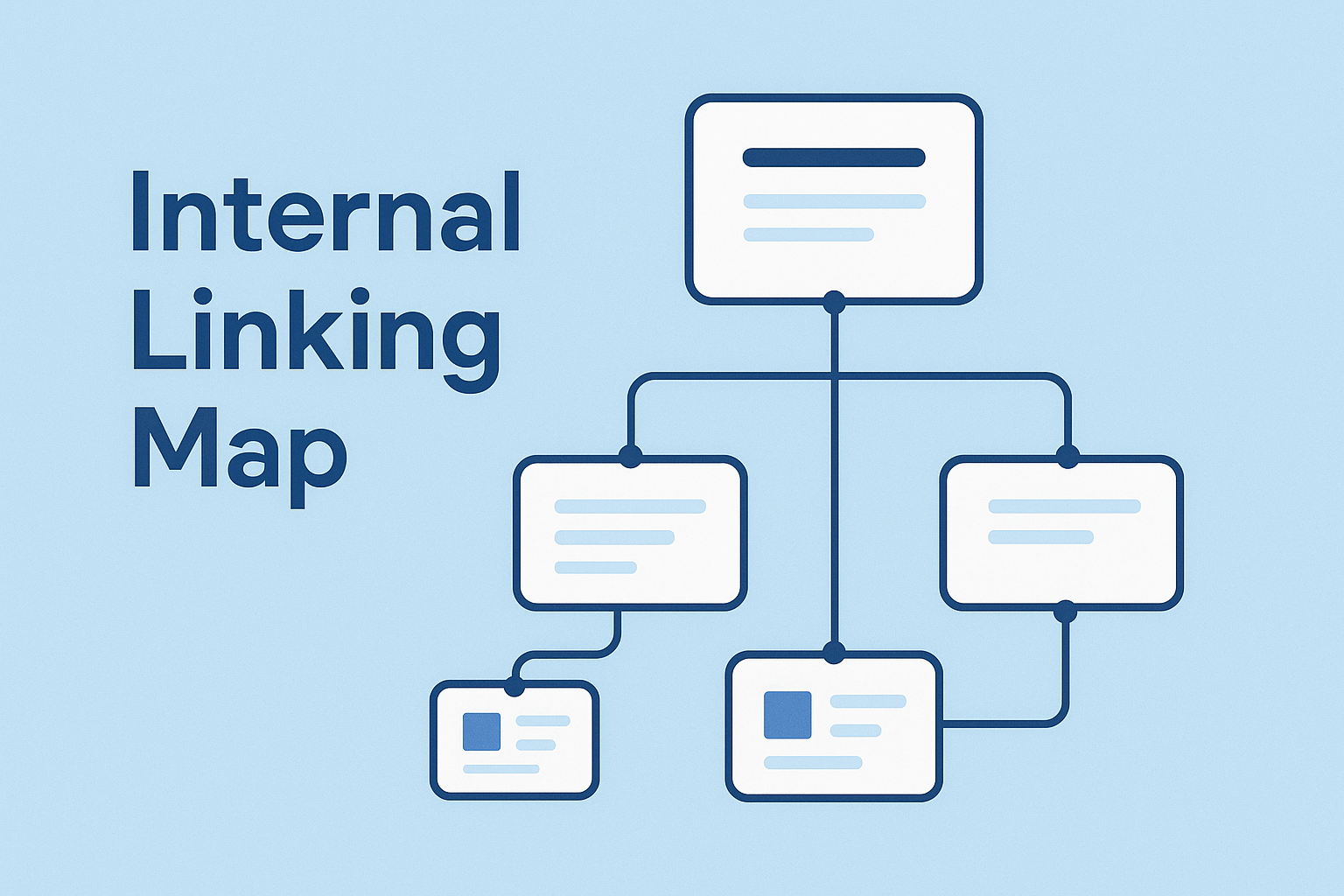
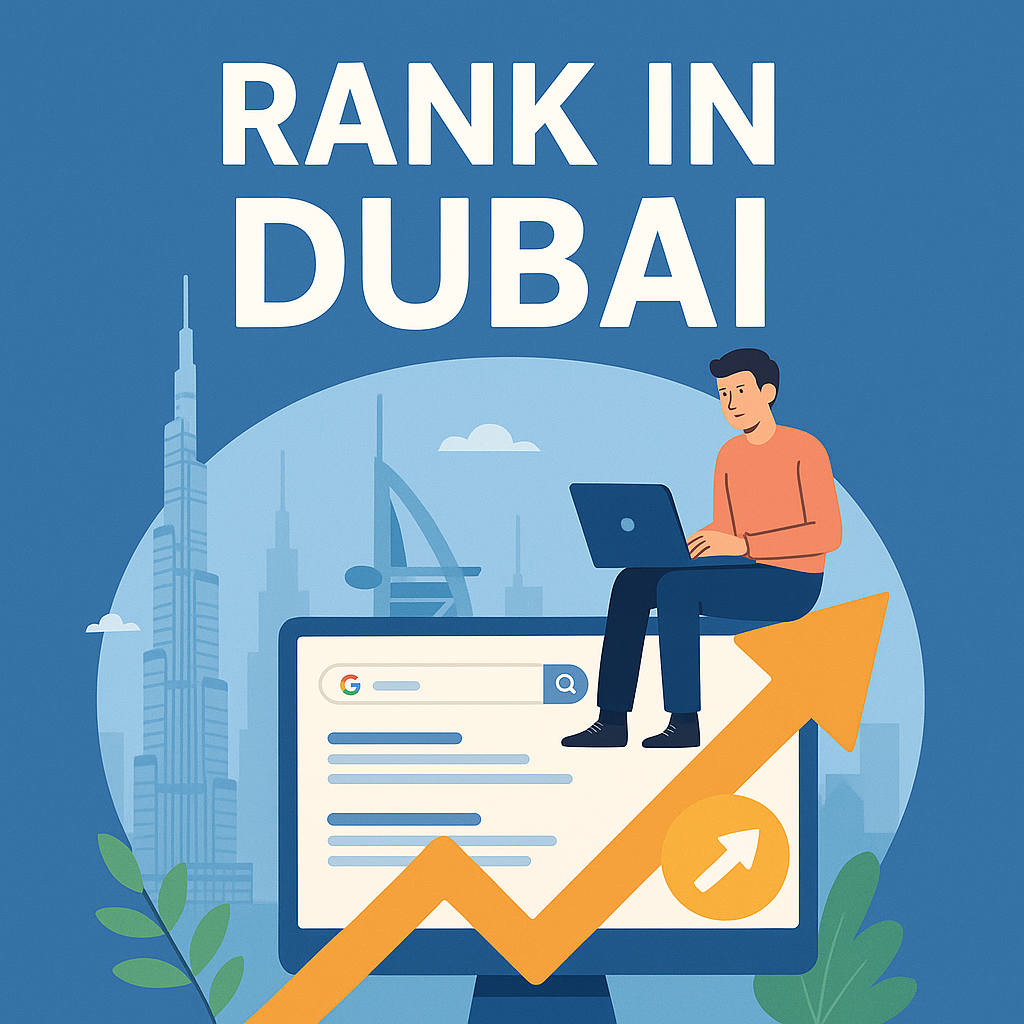
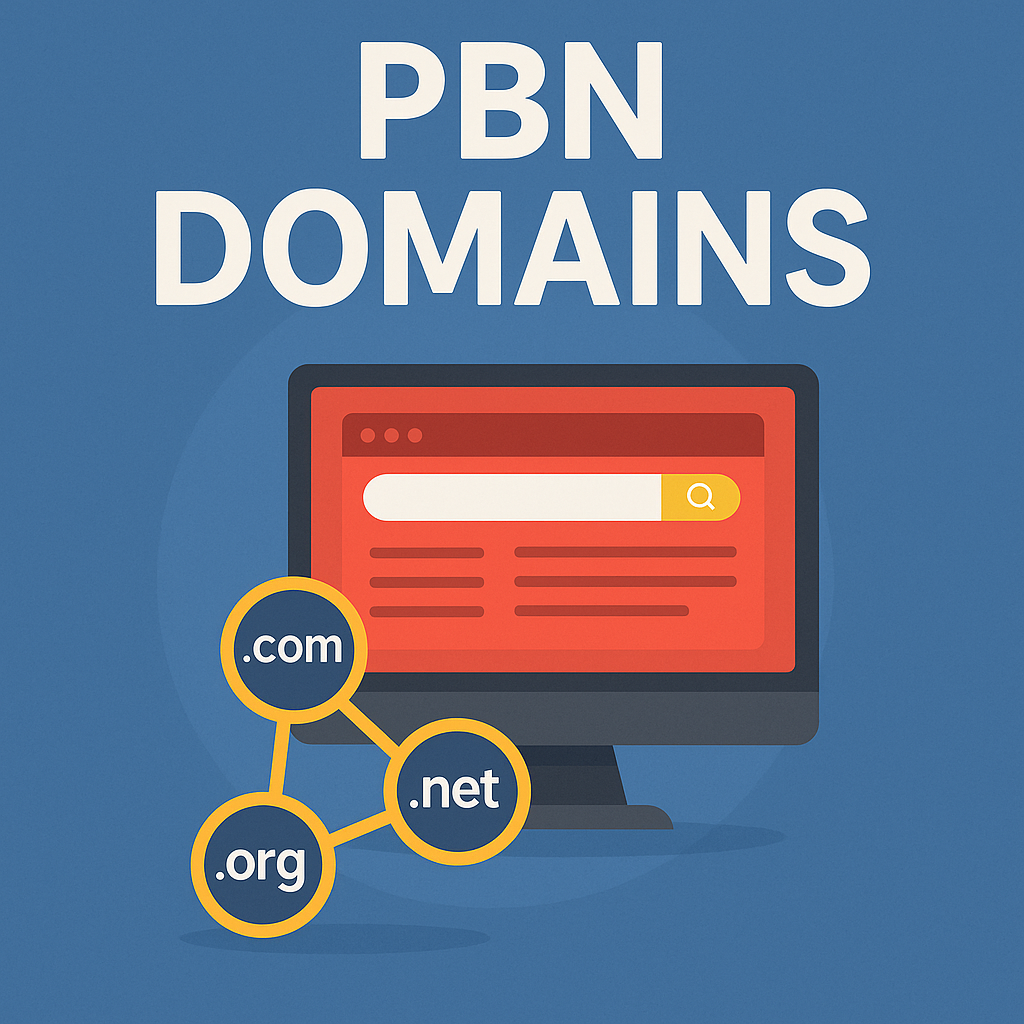
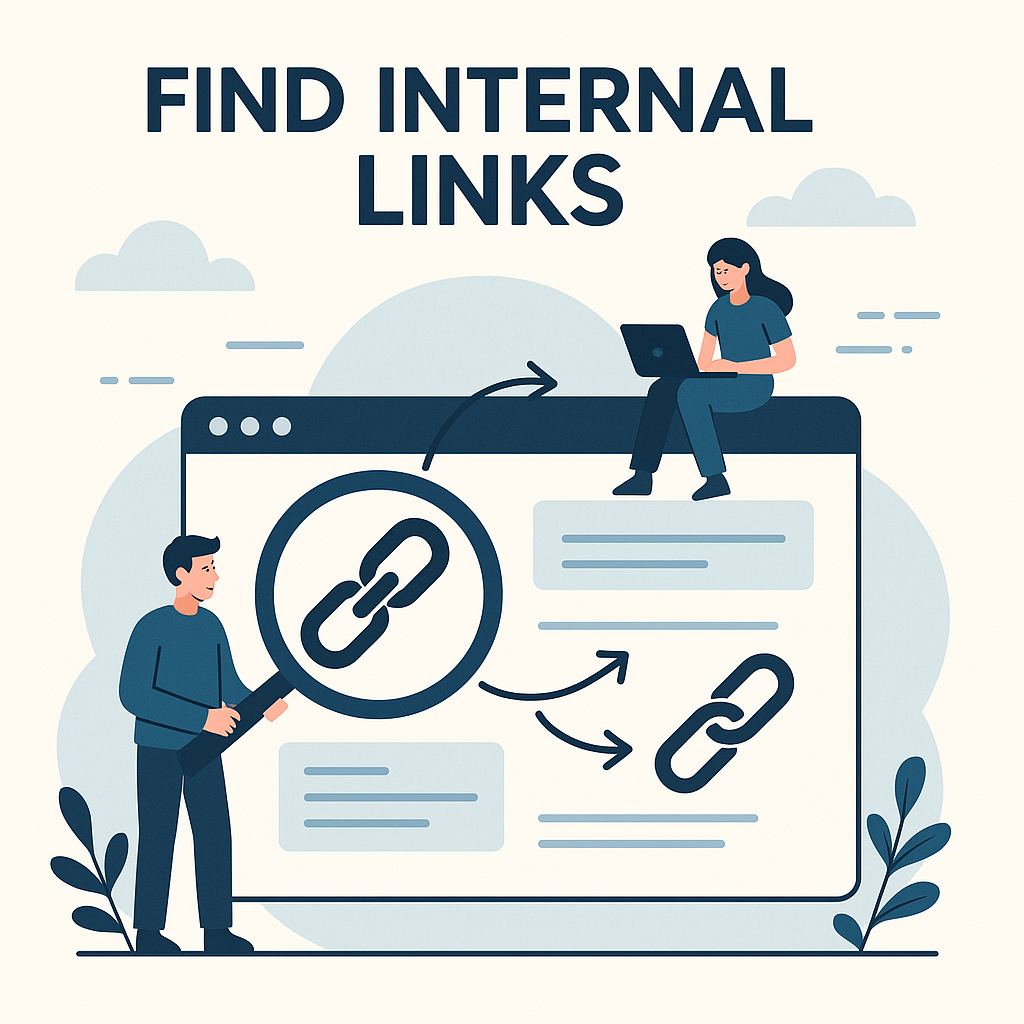
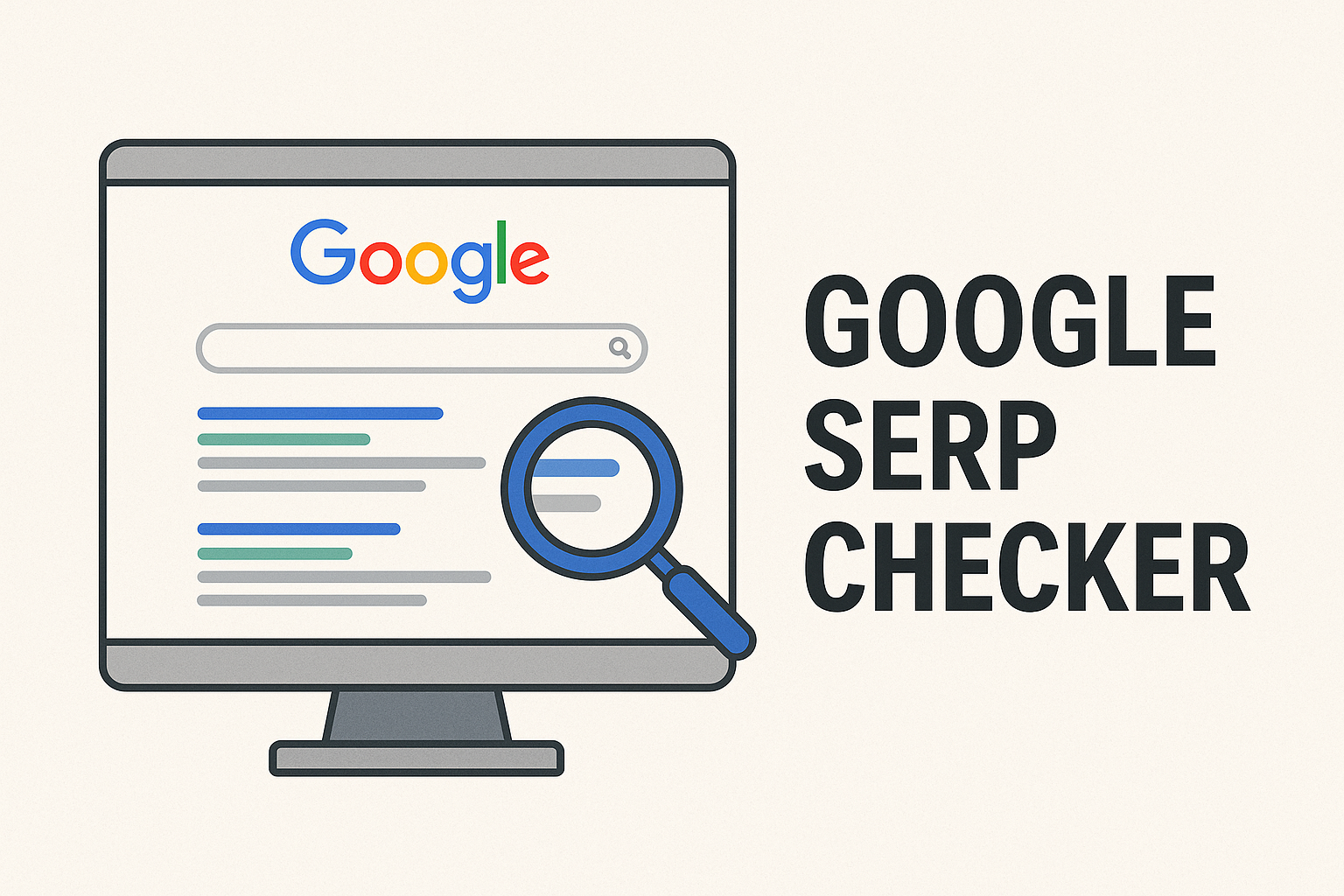
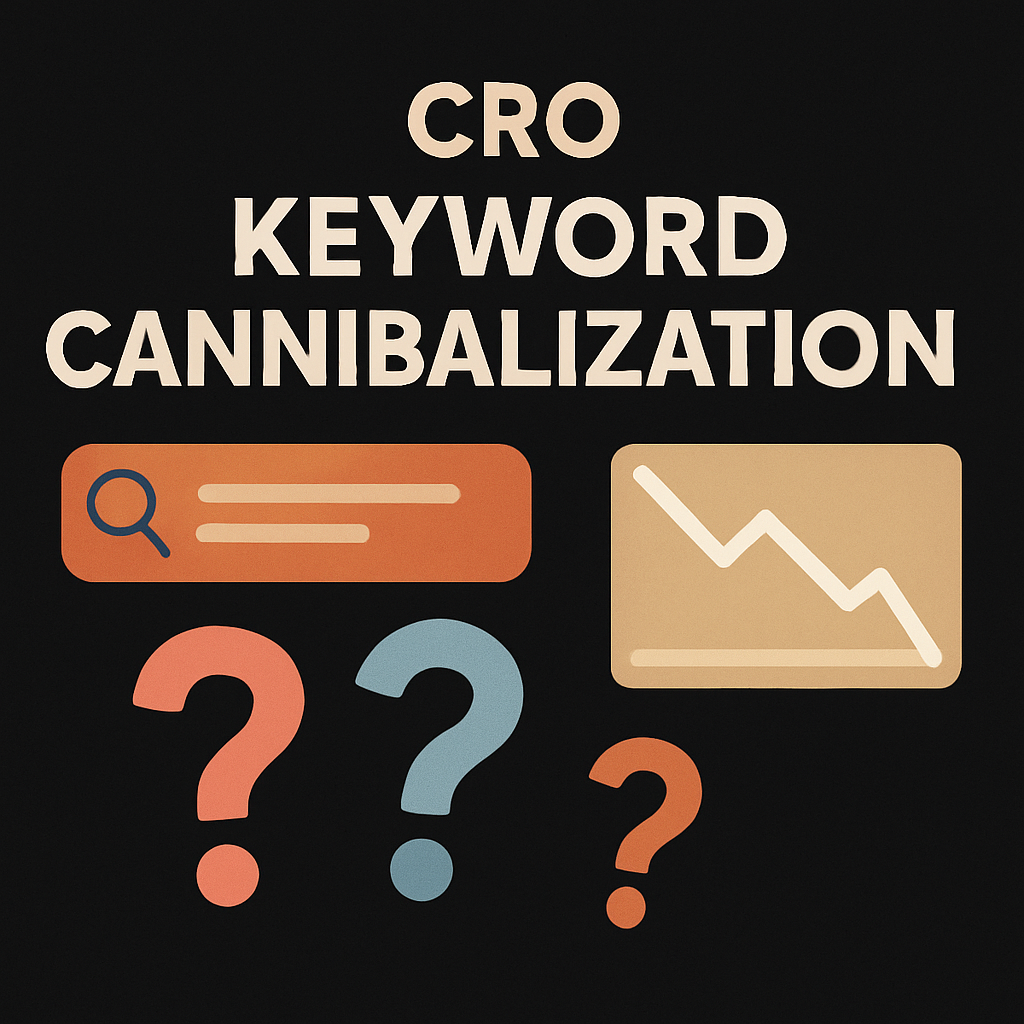
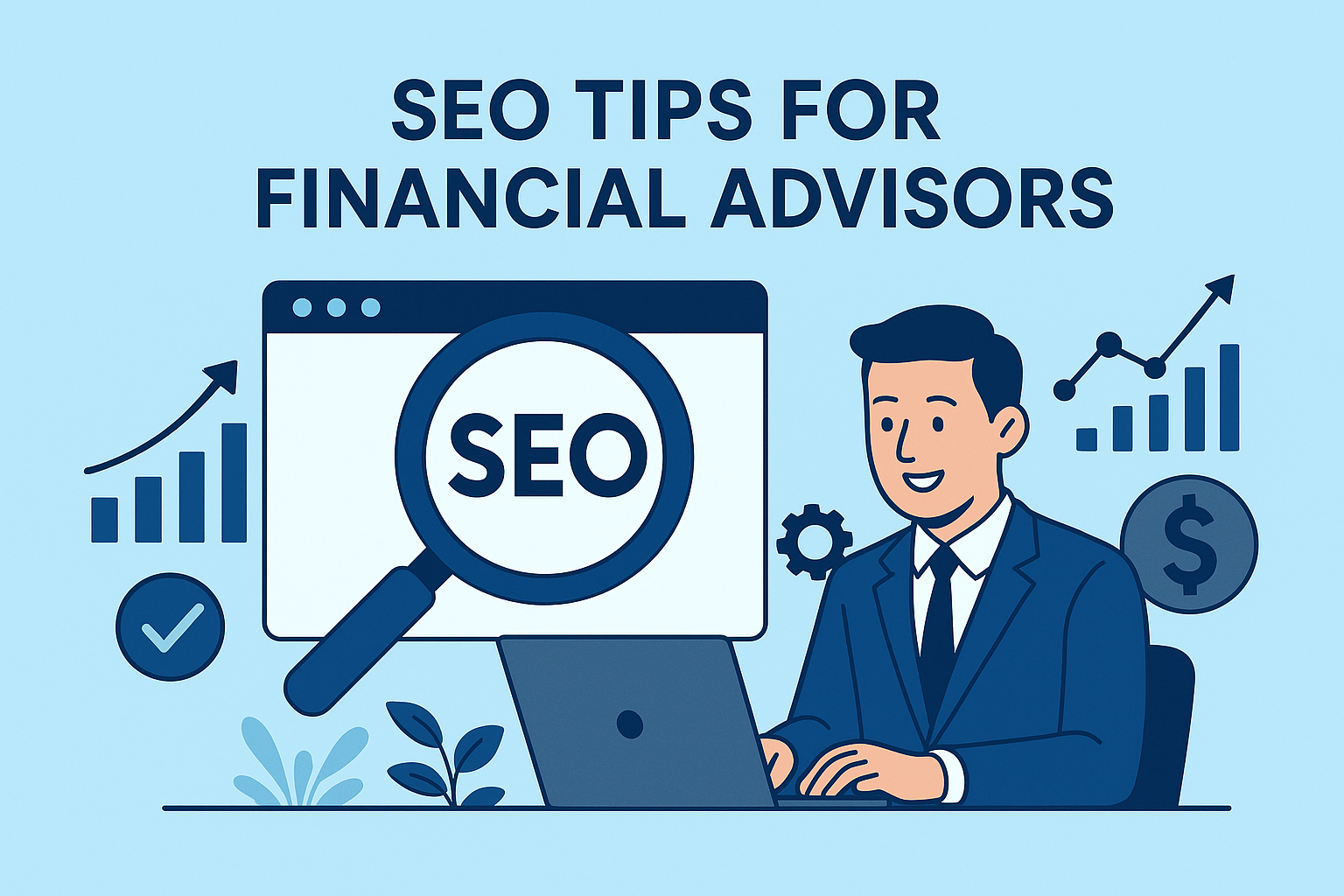

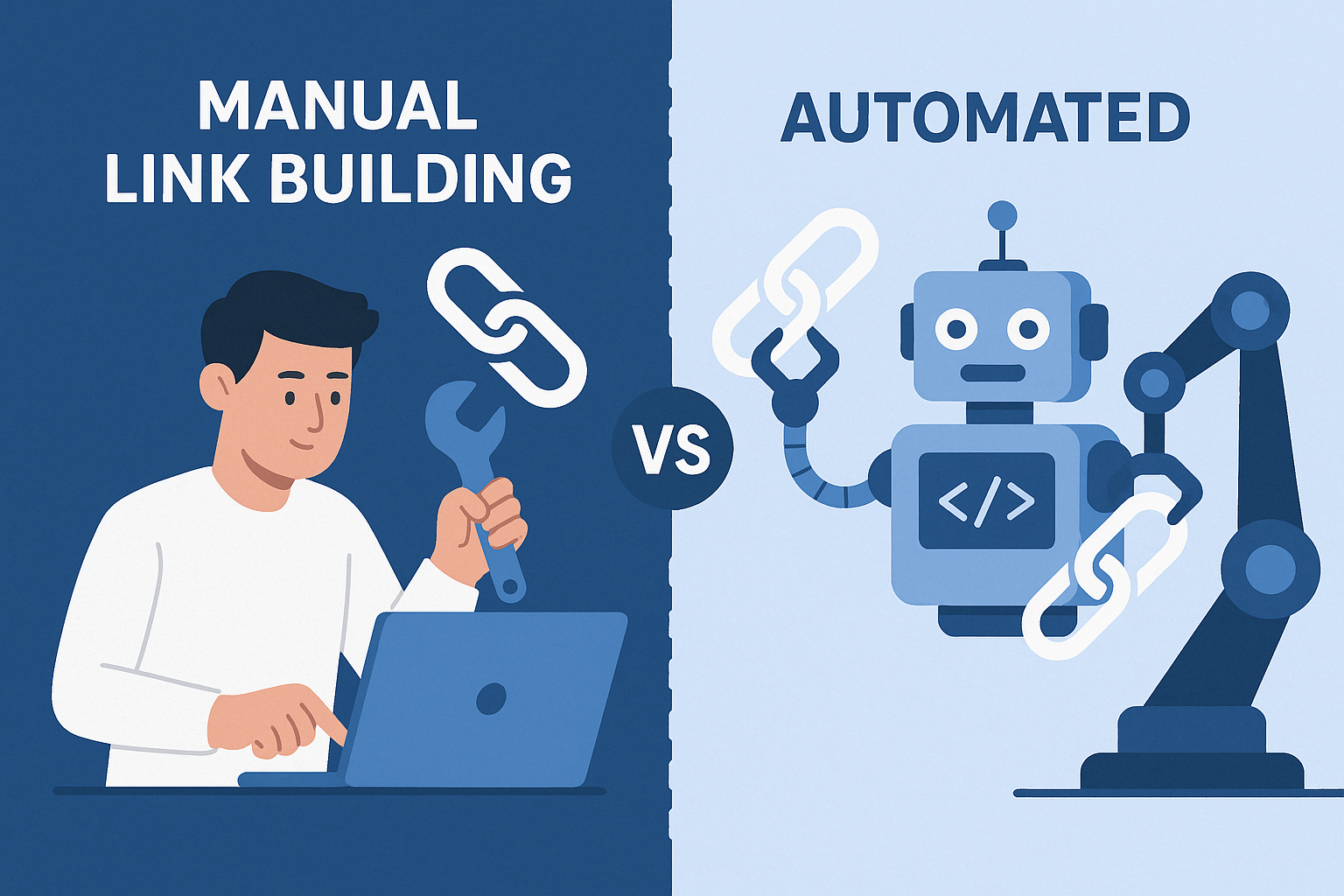



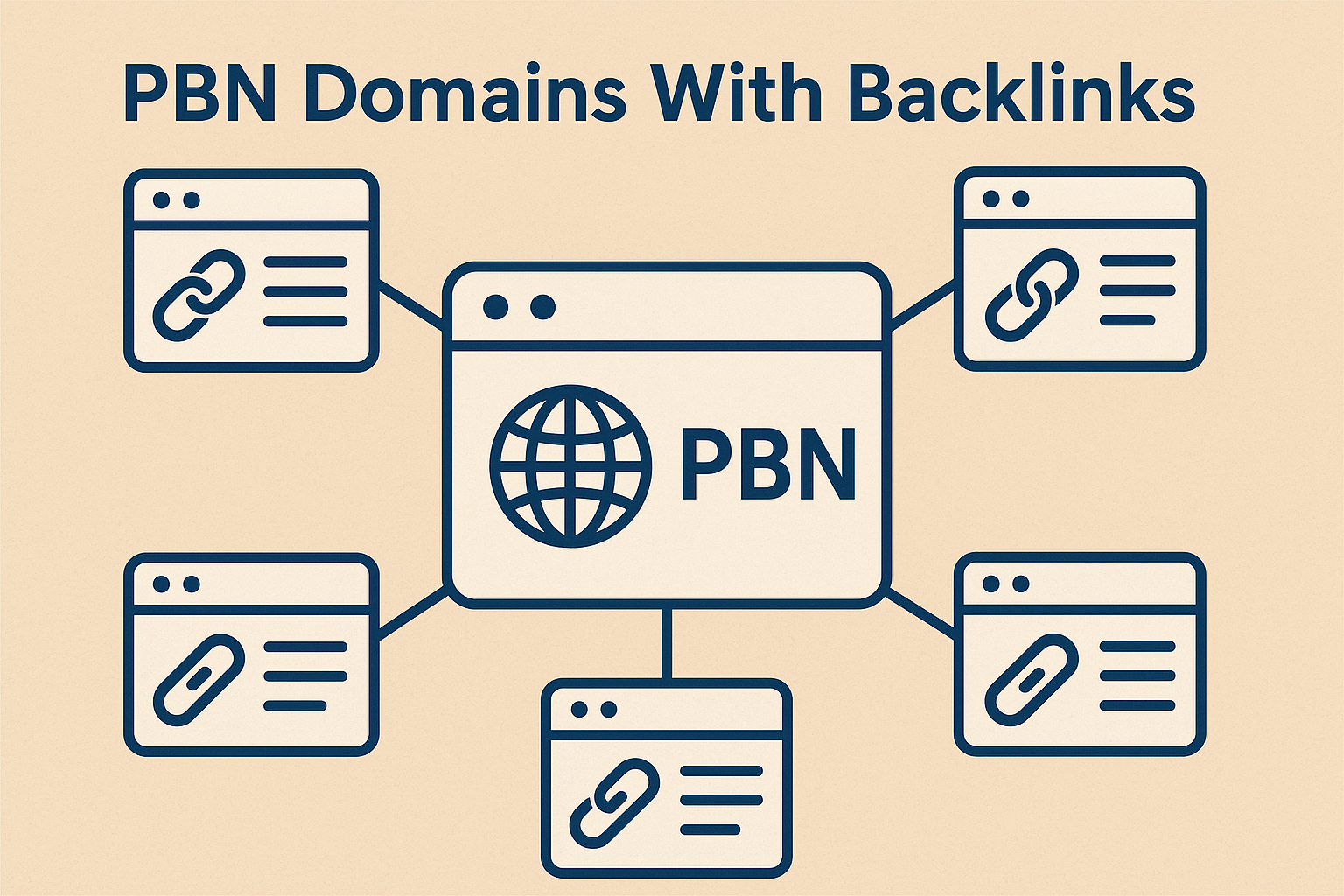
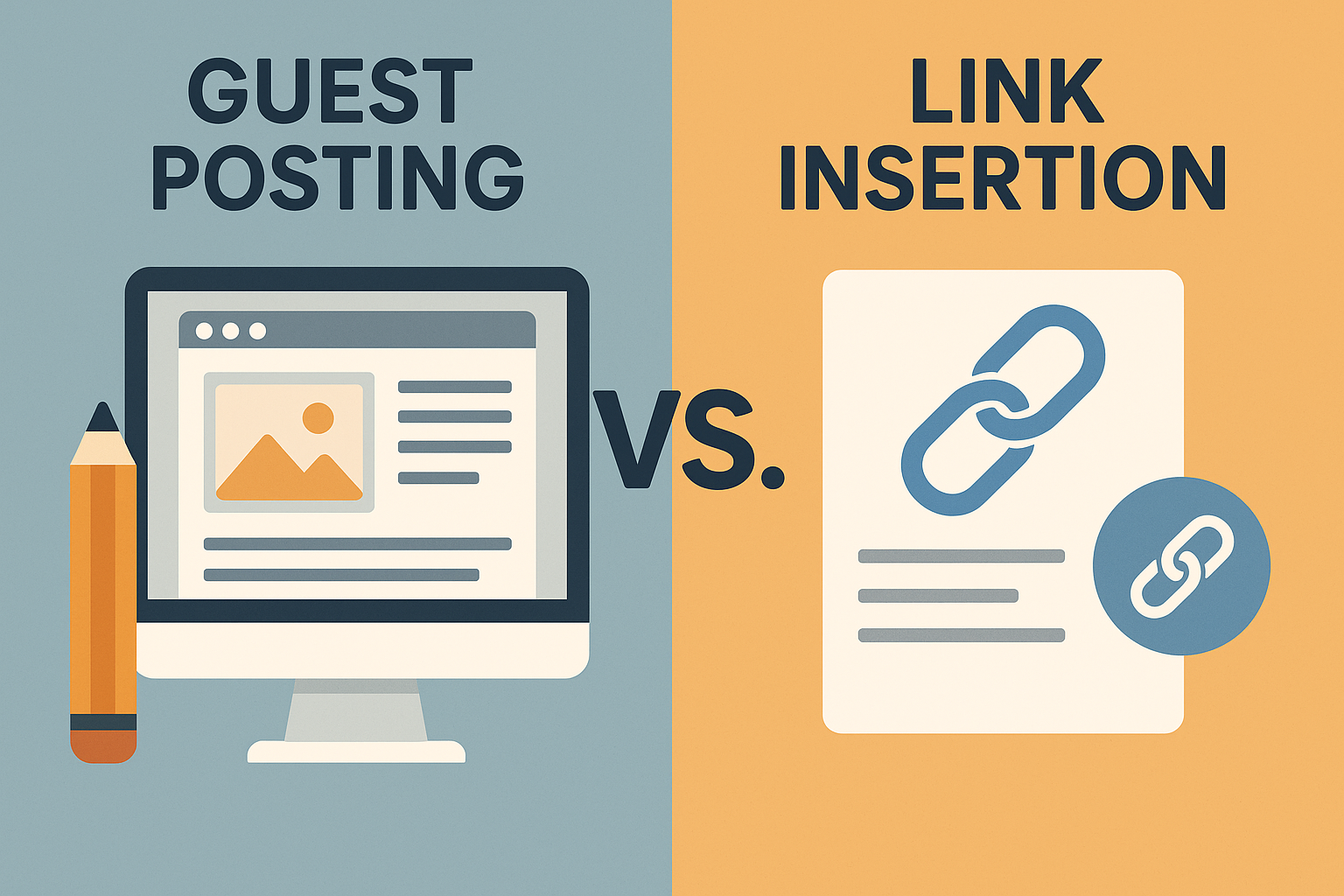
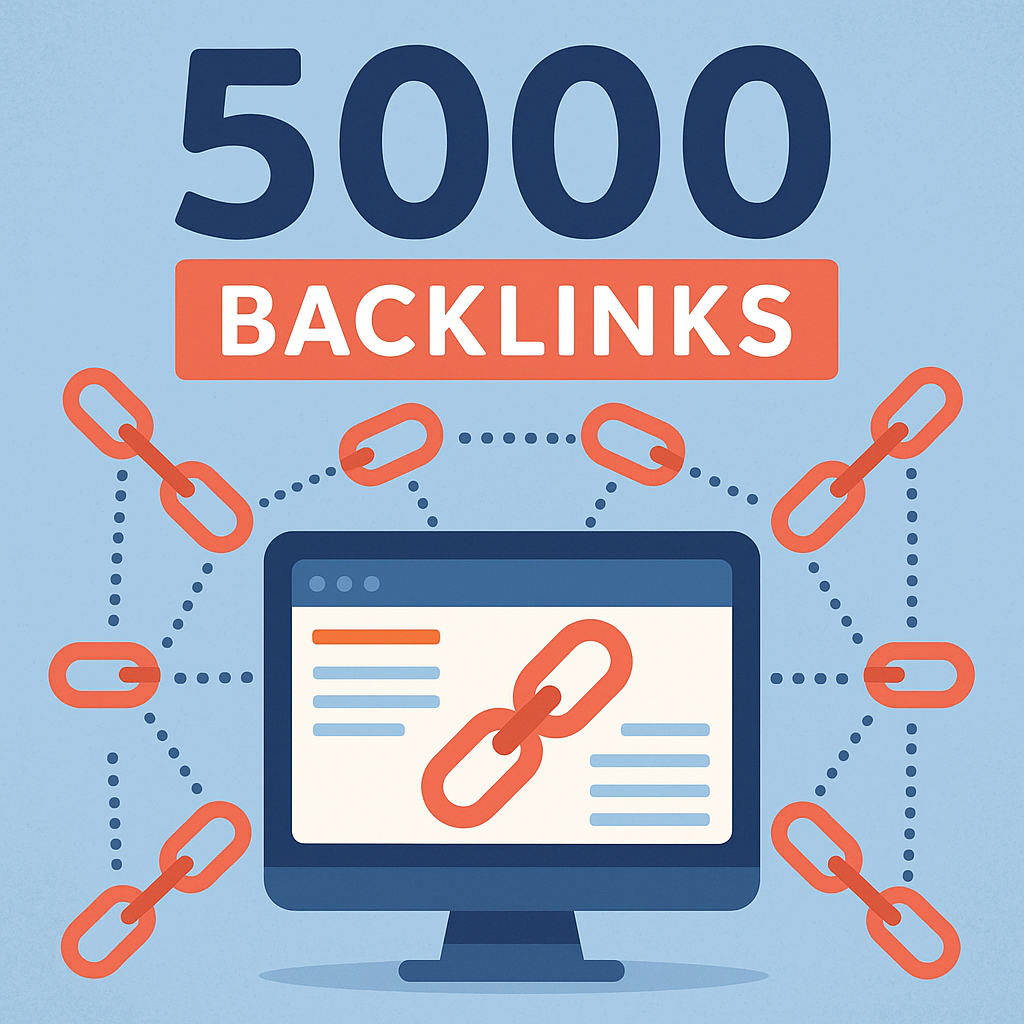
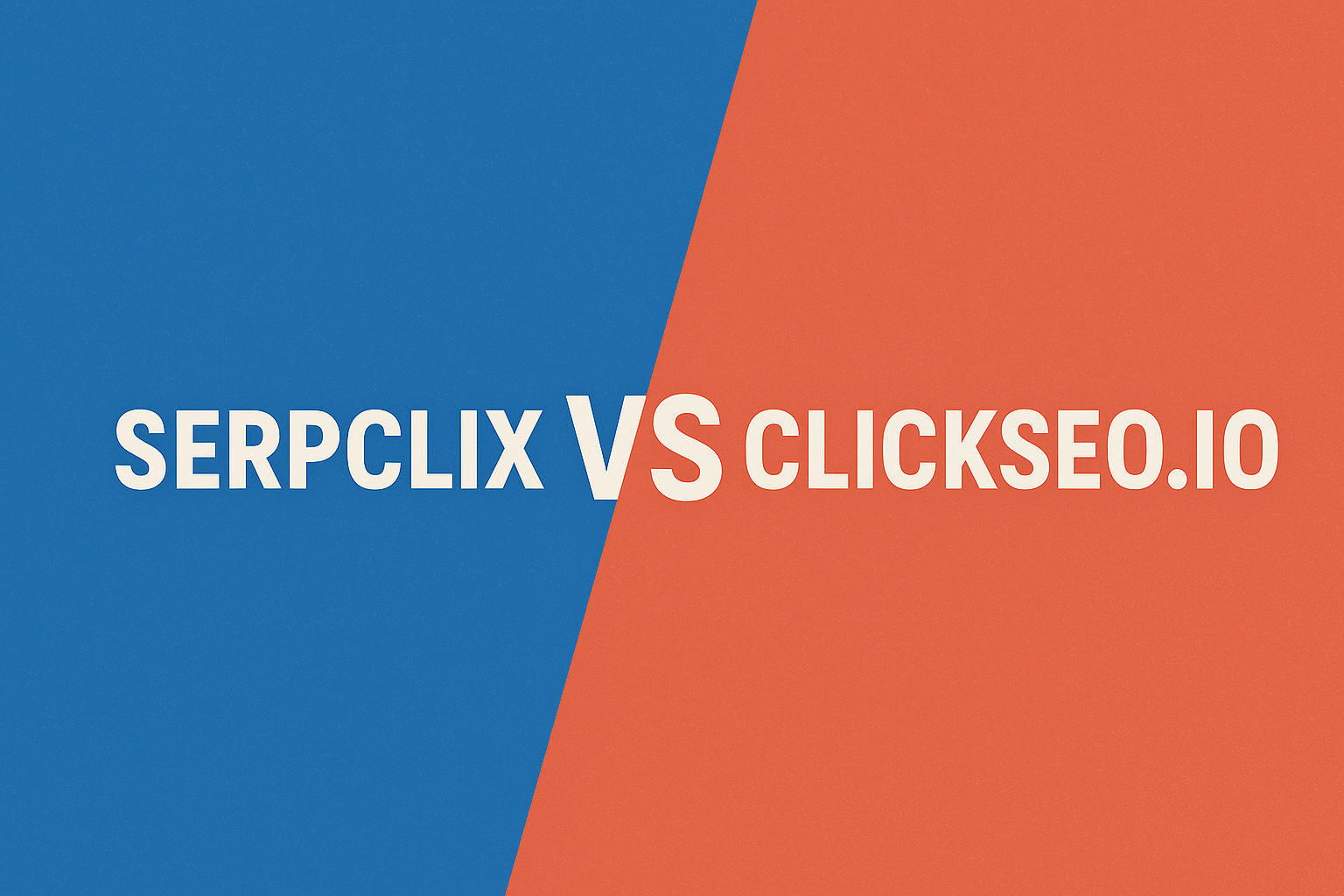

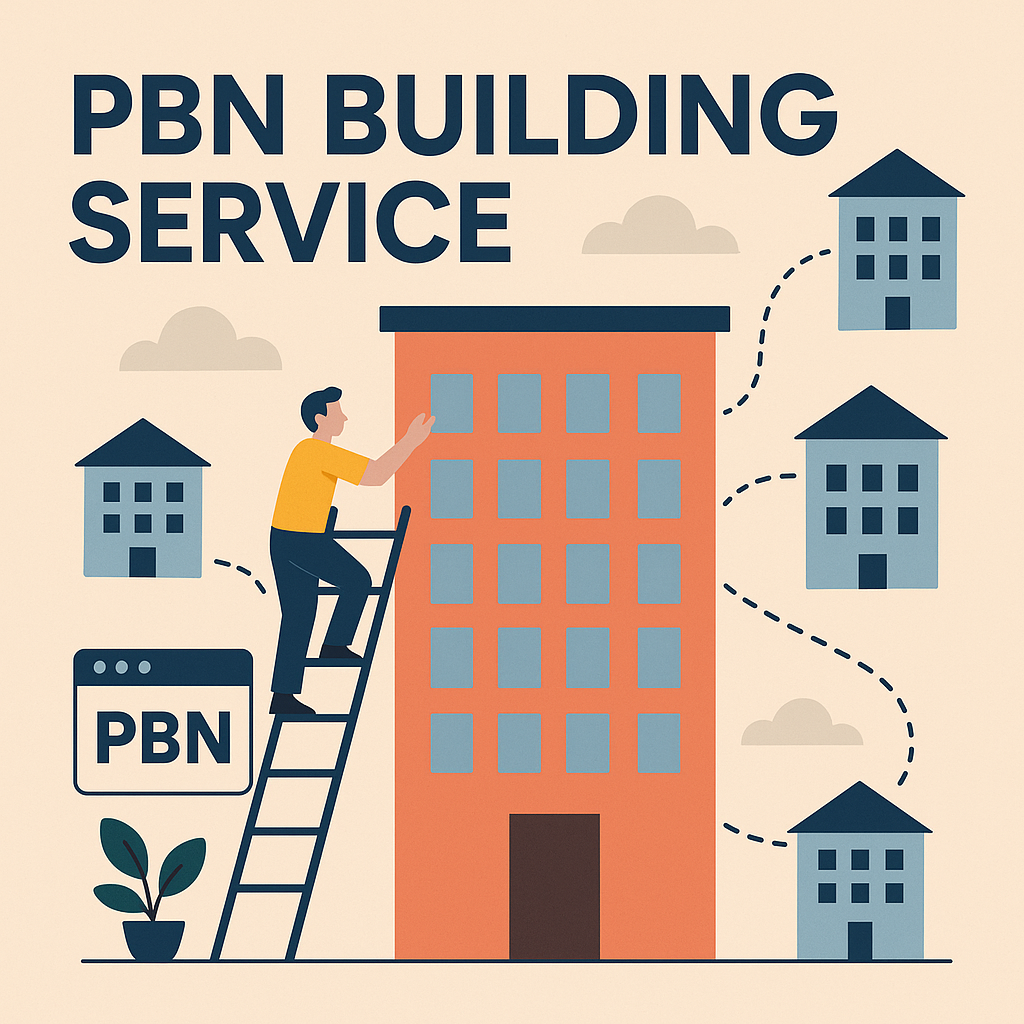
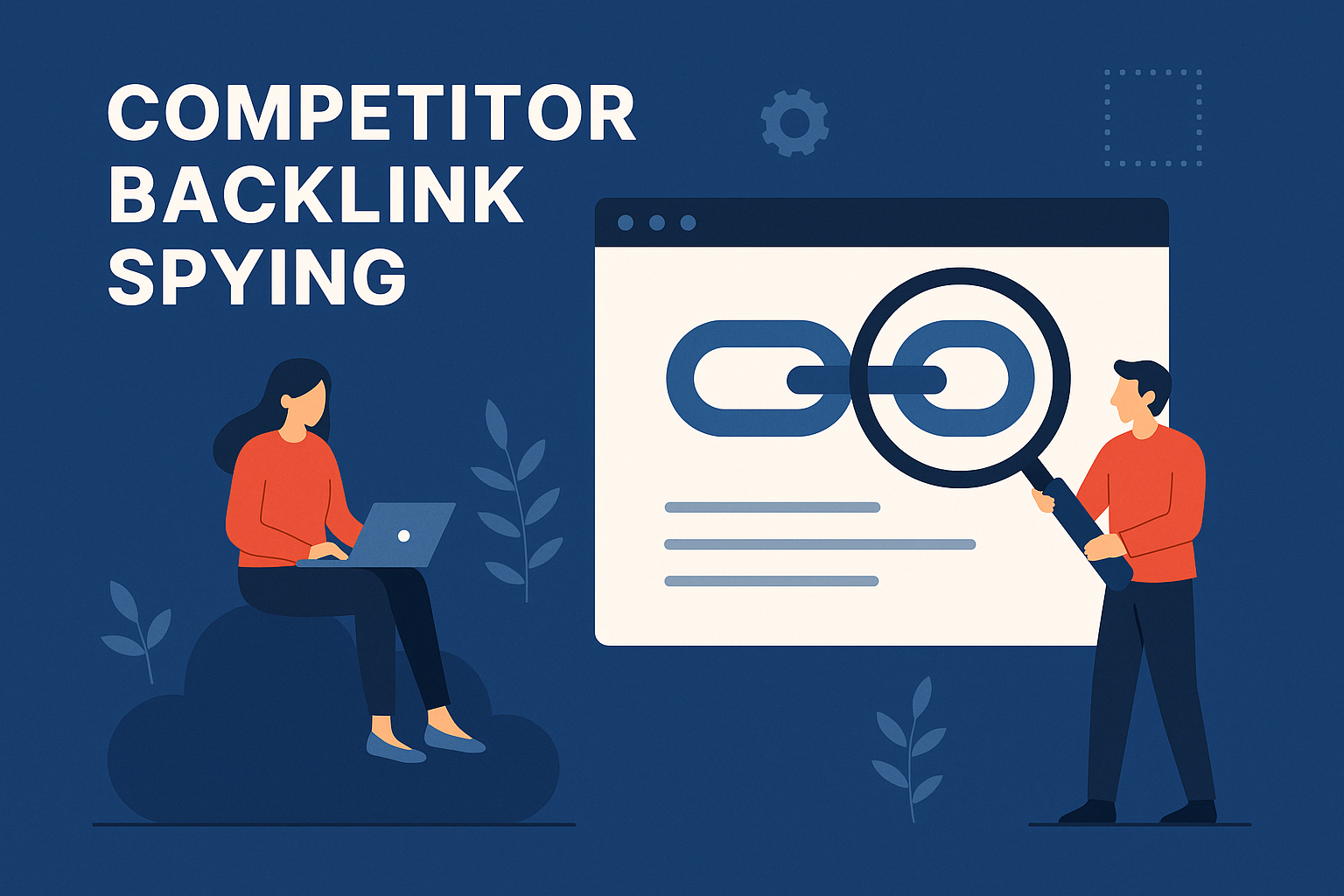

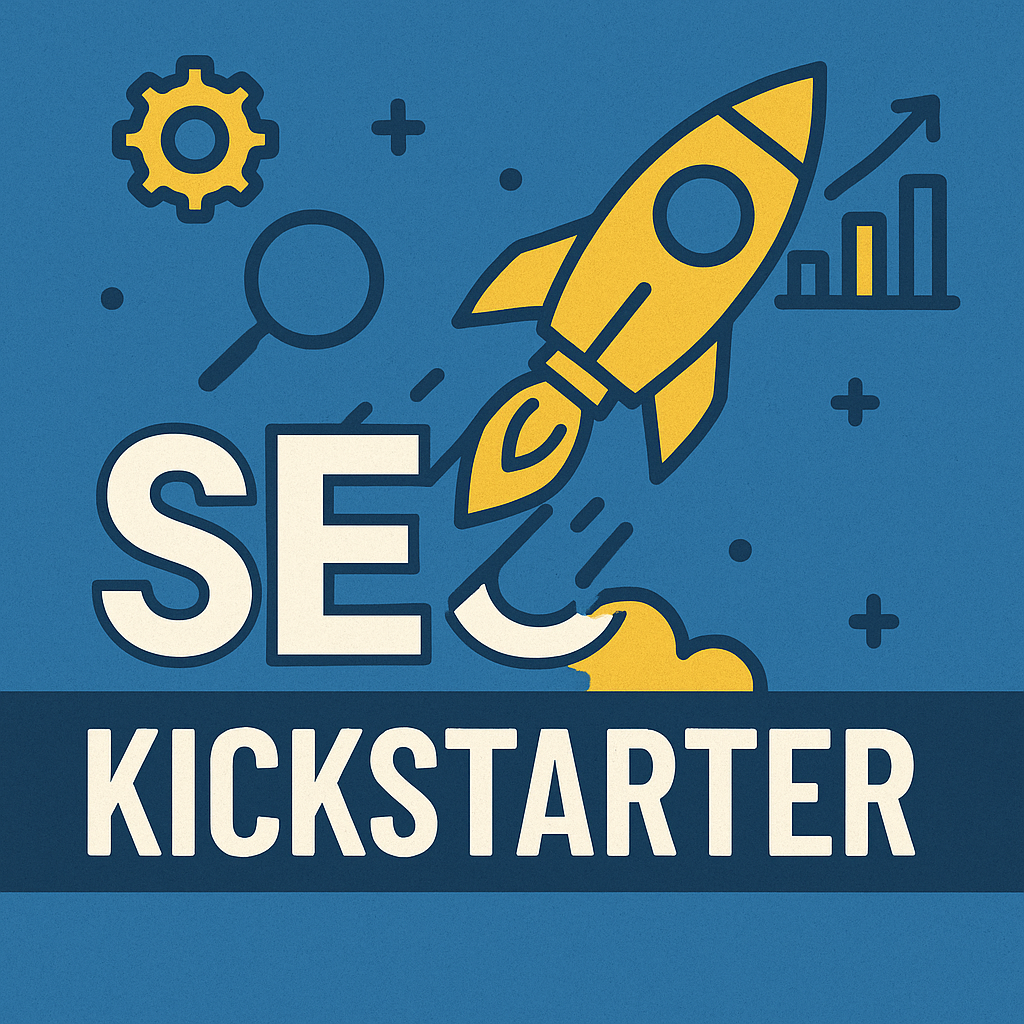
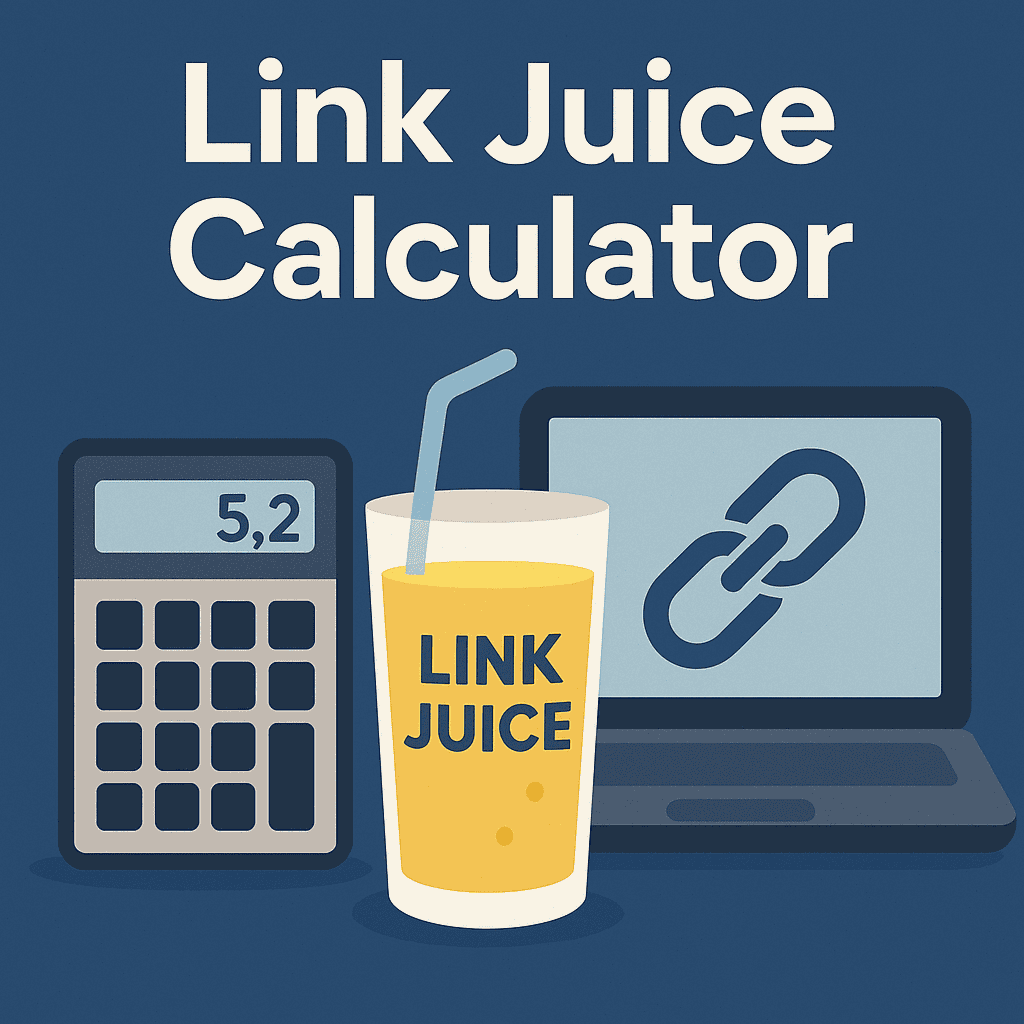
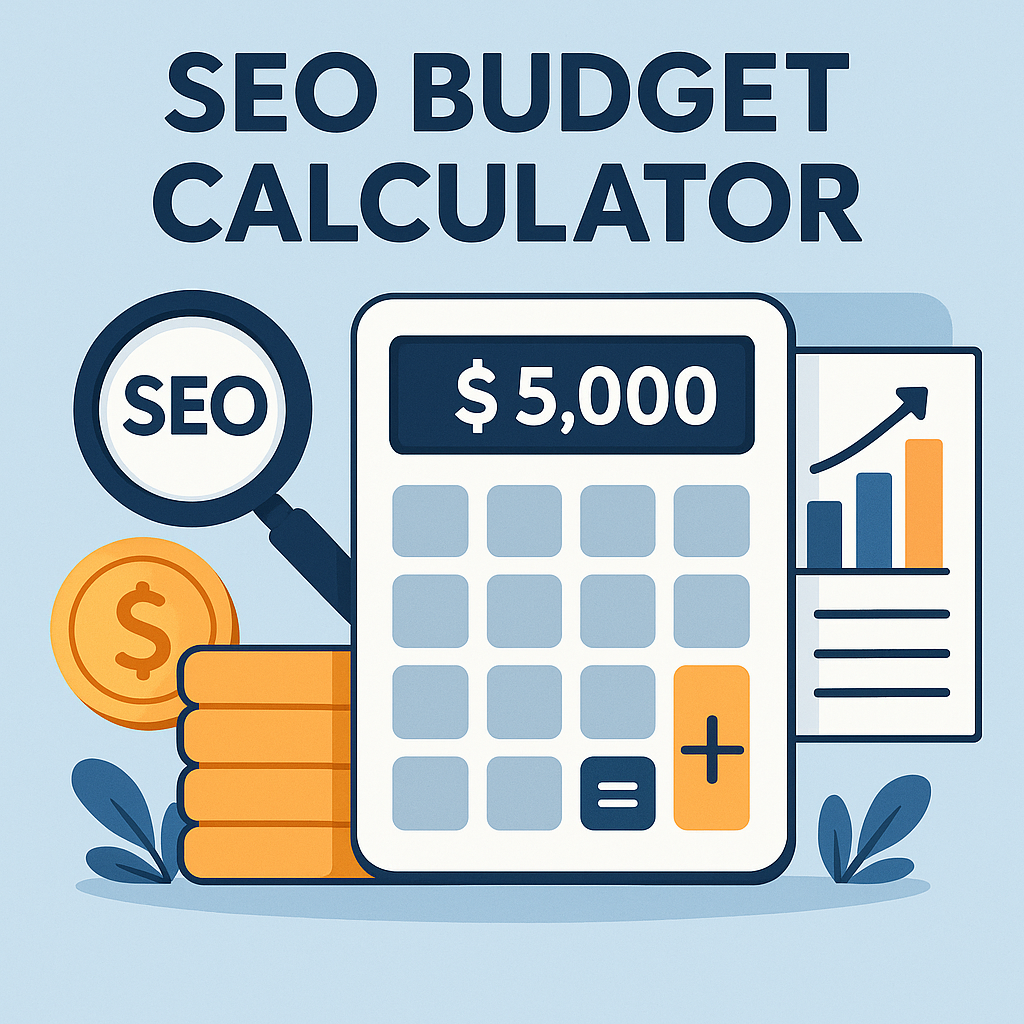

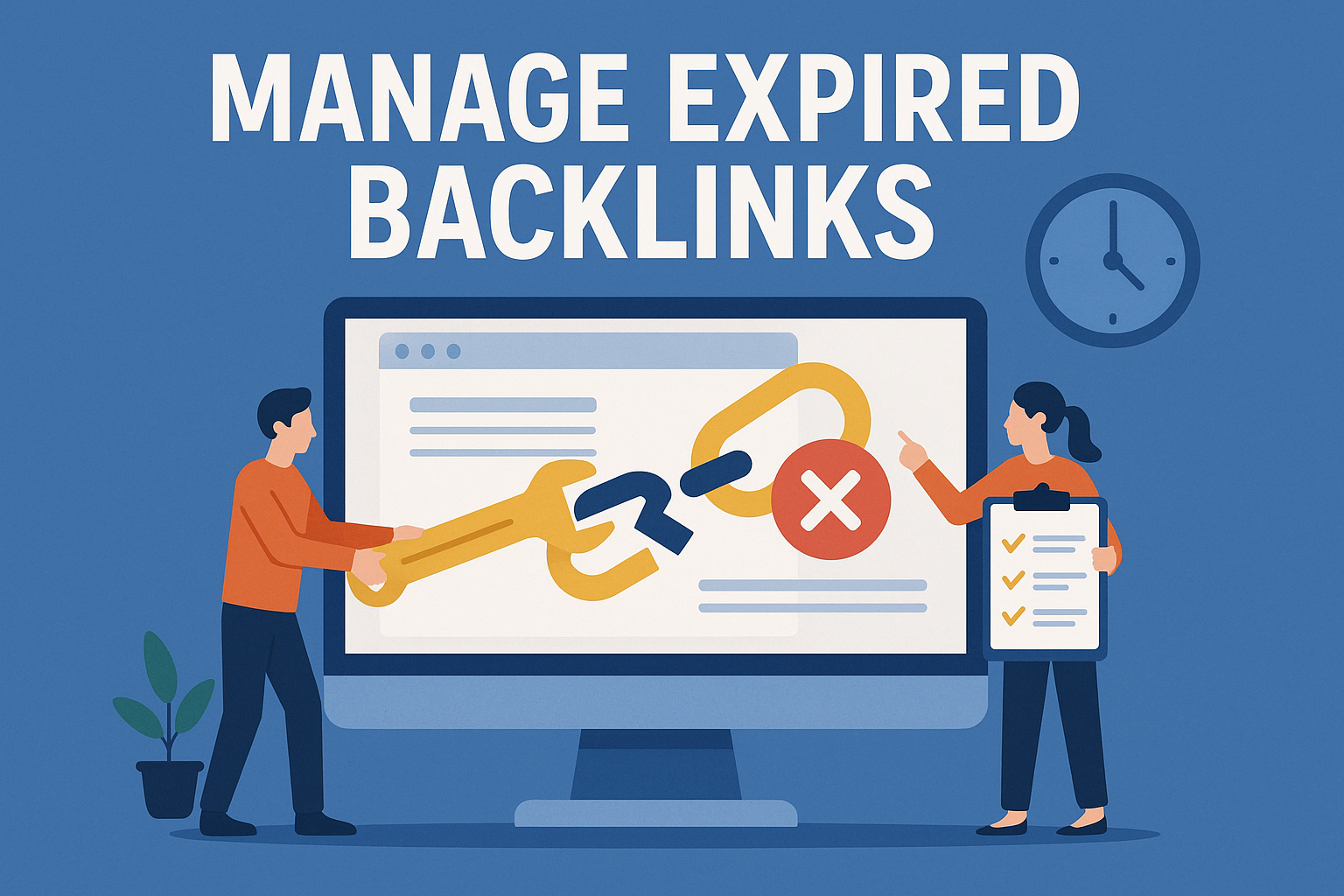
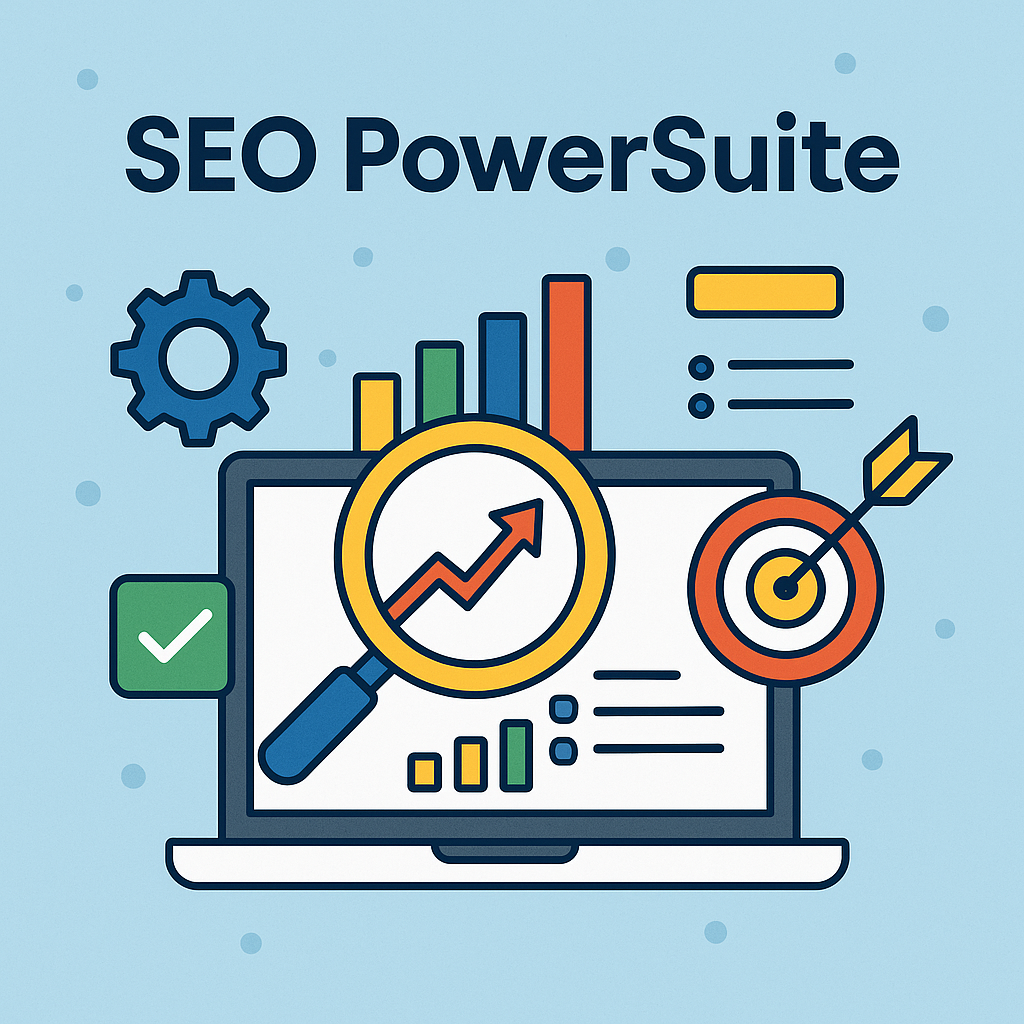
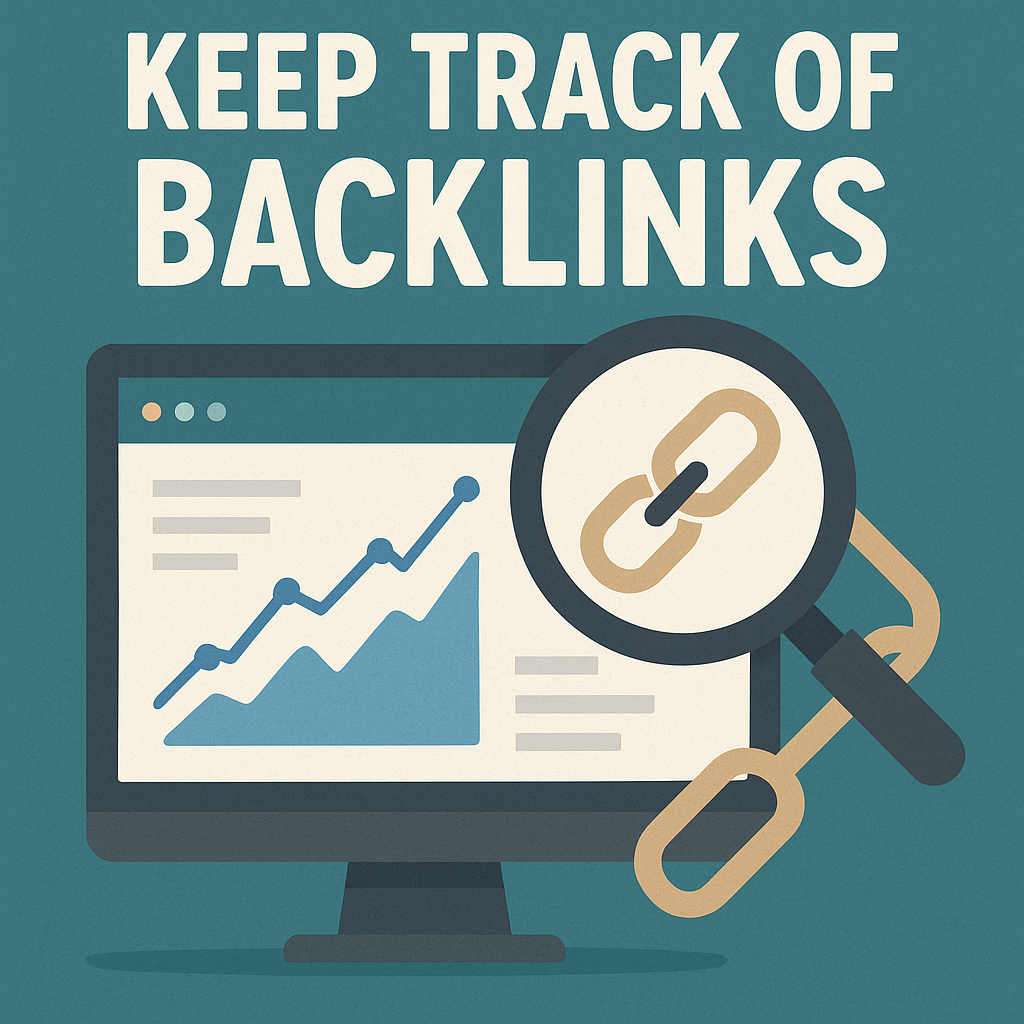
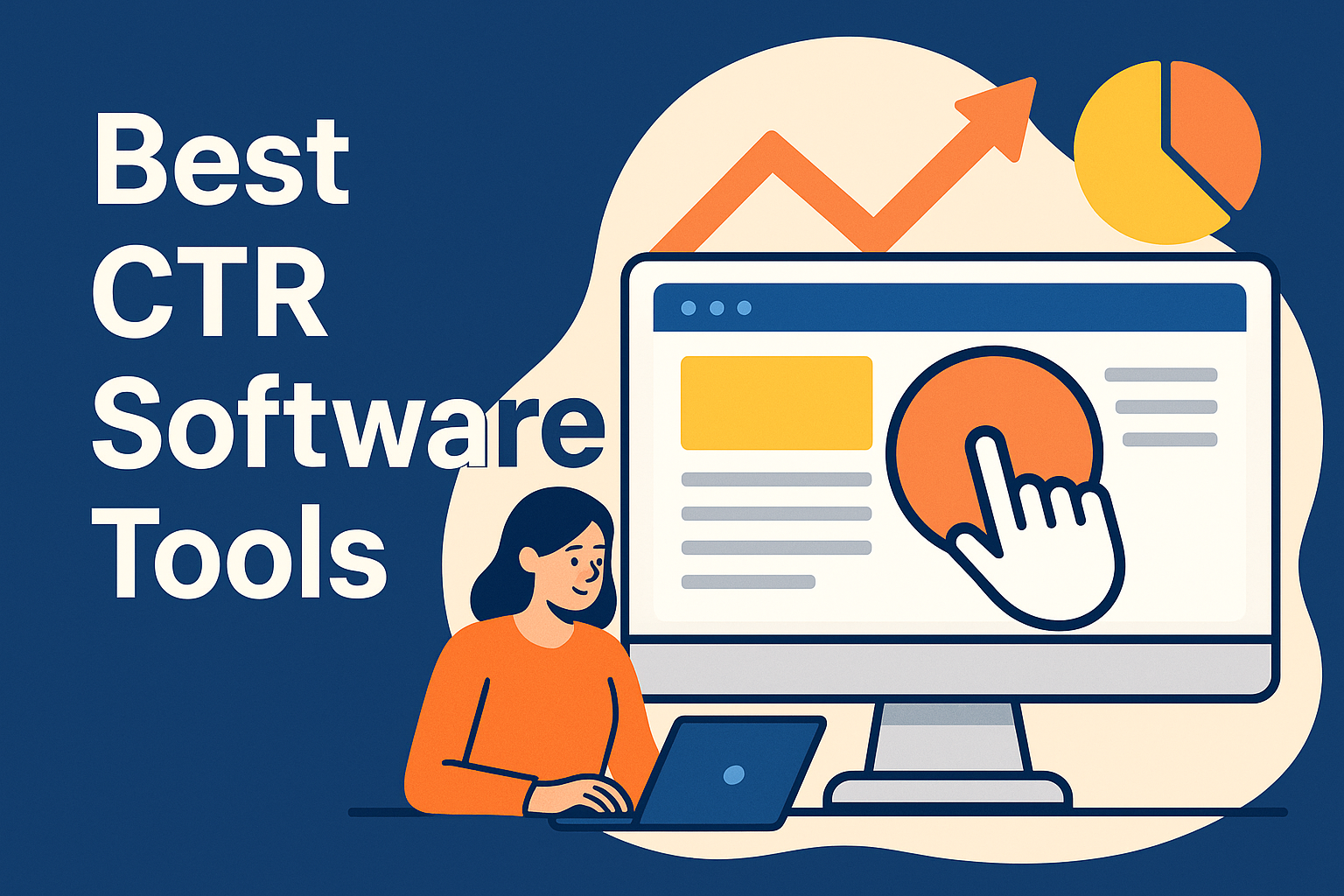
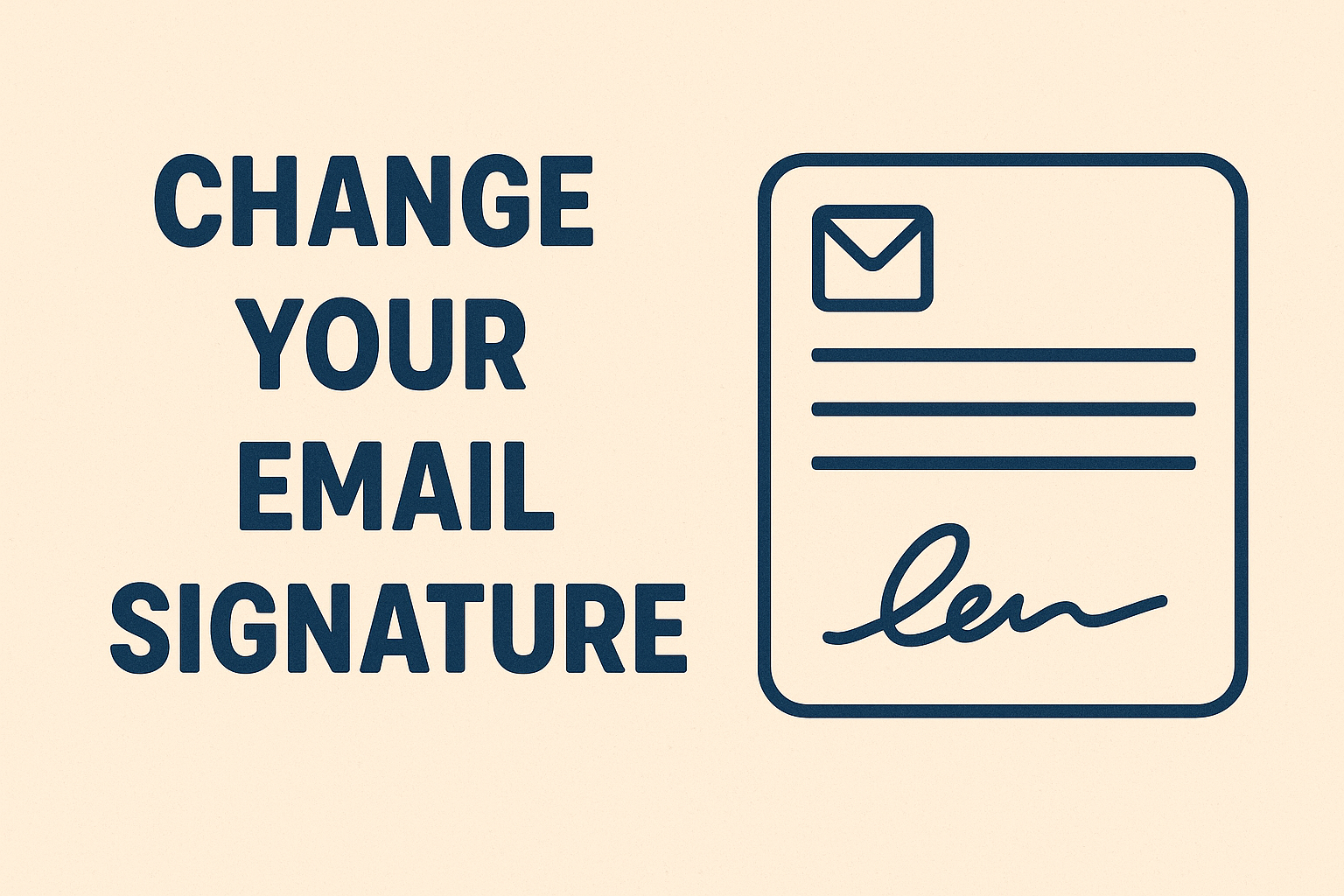
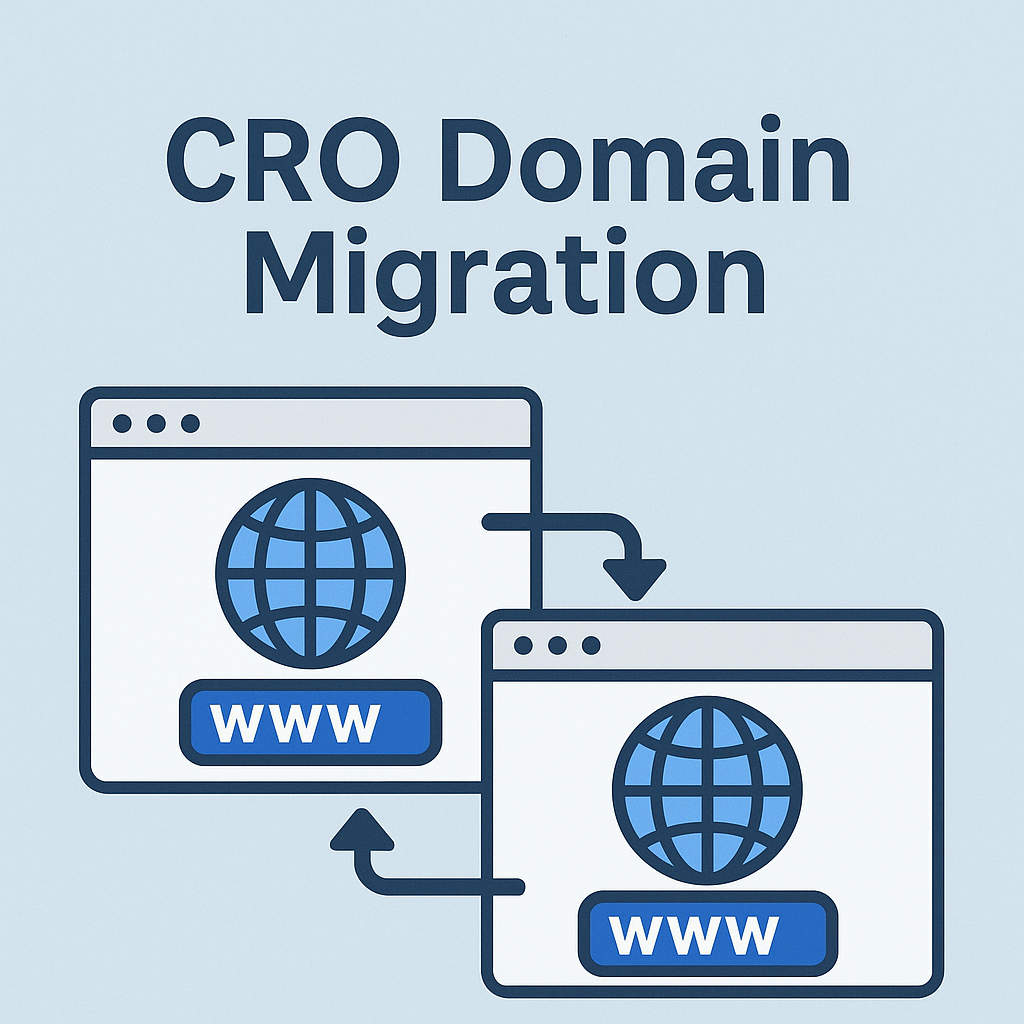


![Best Link Exchange Sites [Free & Safe] – Top 5 Picks](https://backlinkmanagement.io/wp-content/uploads/2025/04/Free-Link-Exchange.png)
